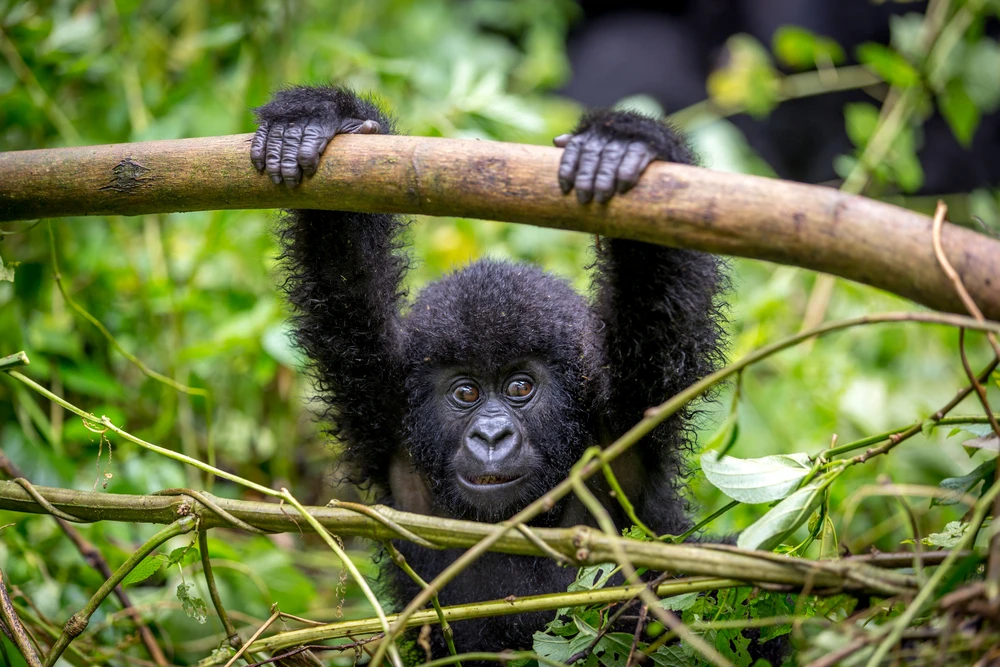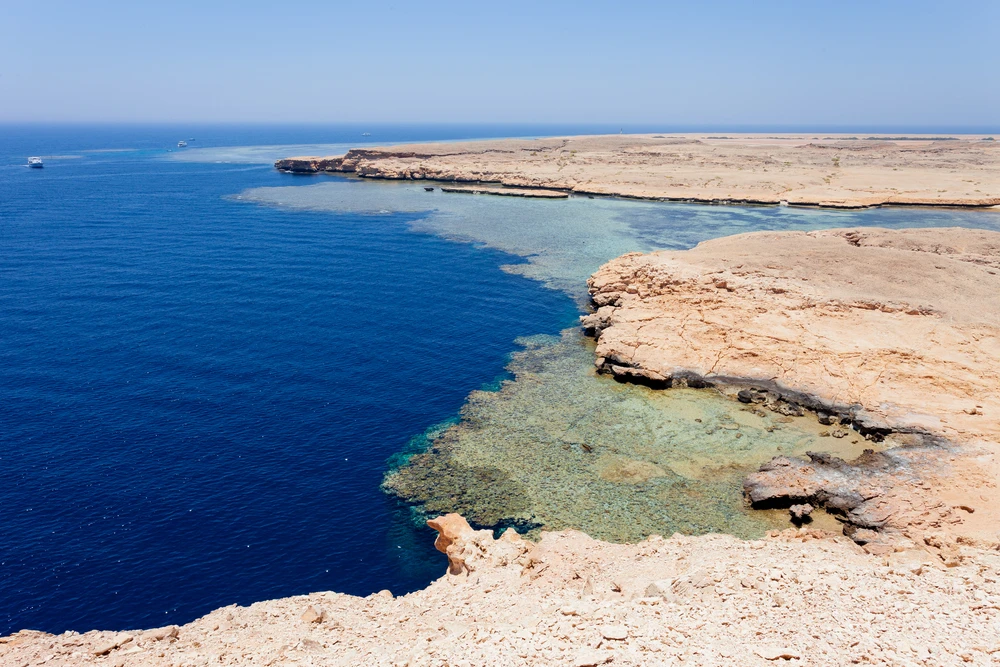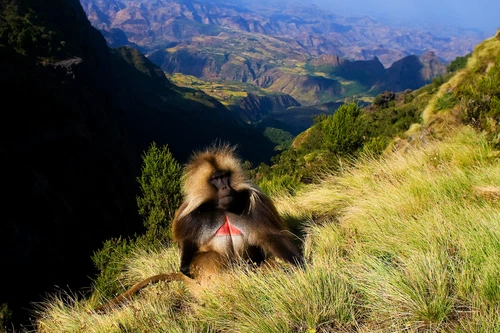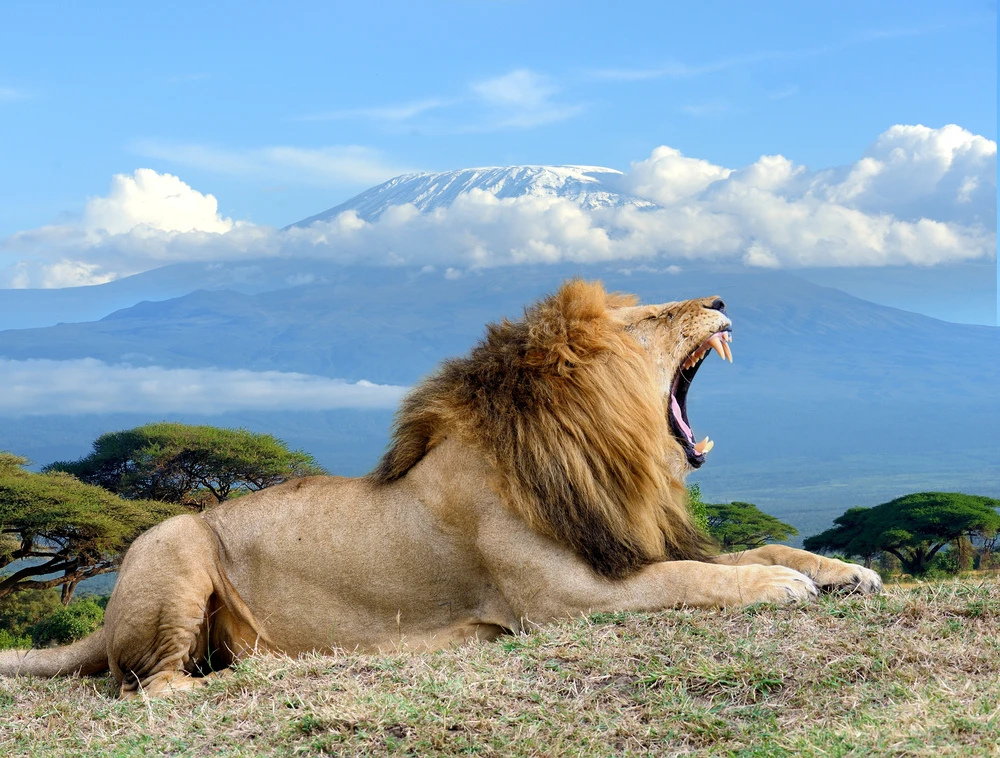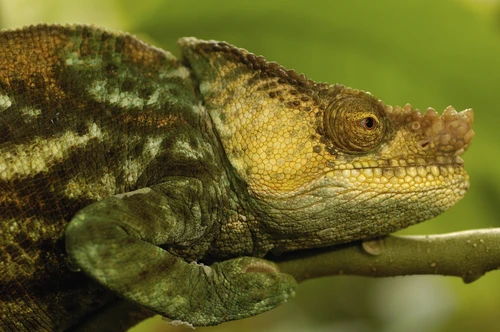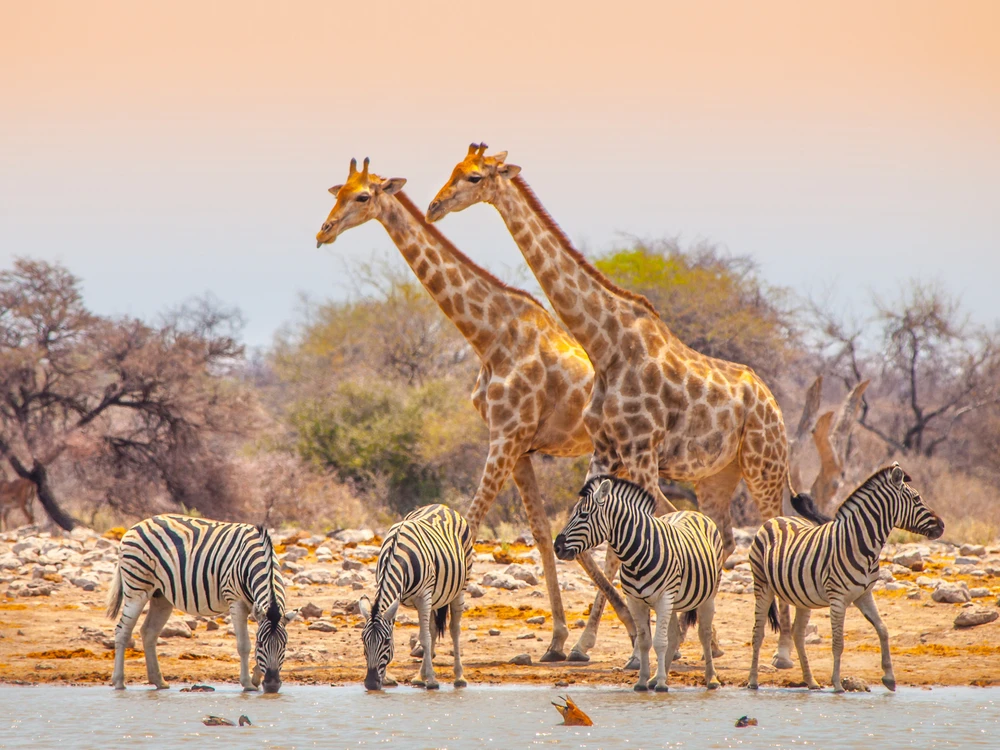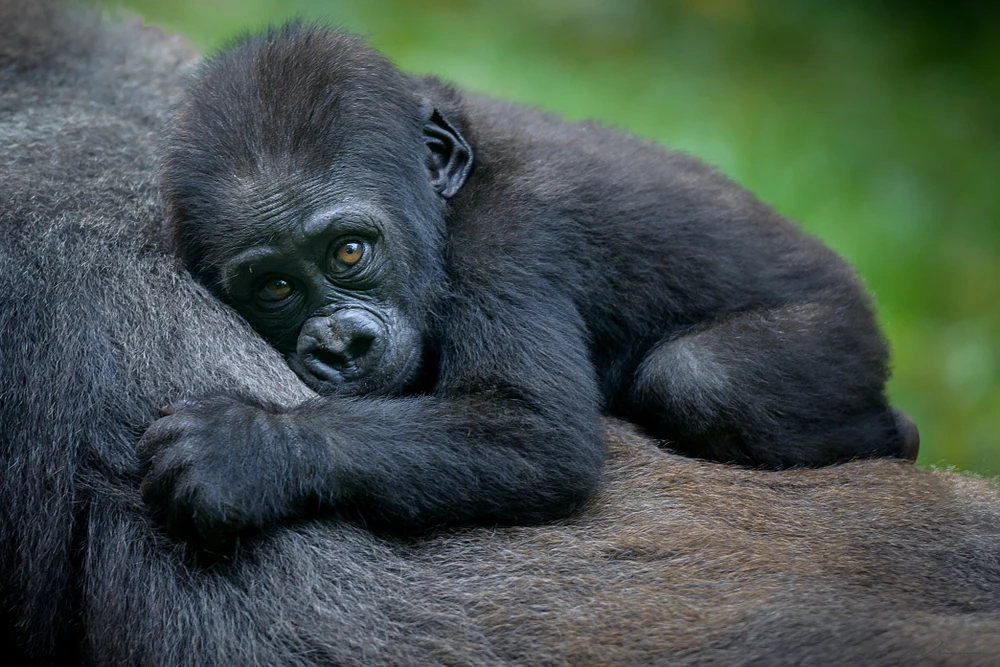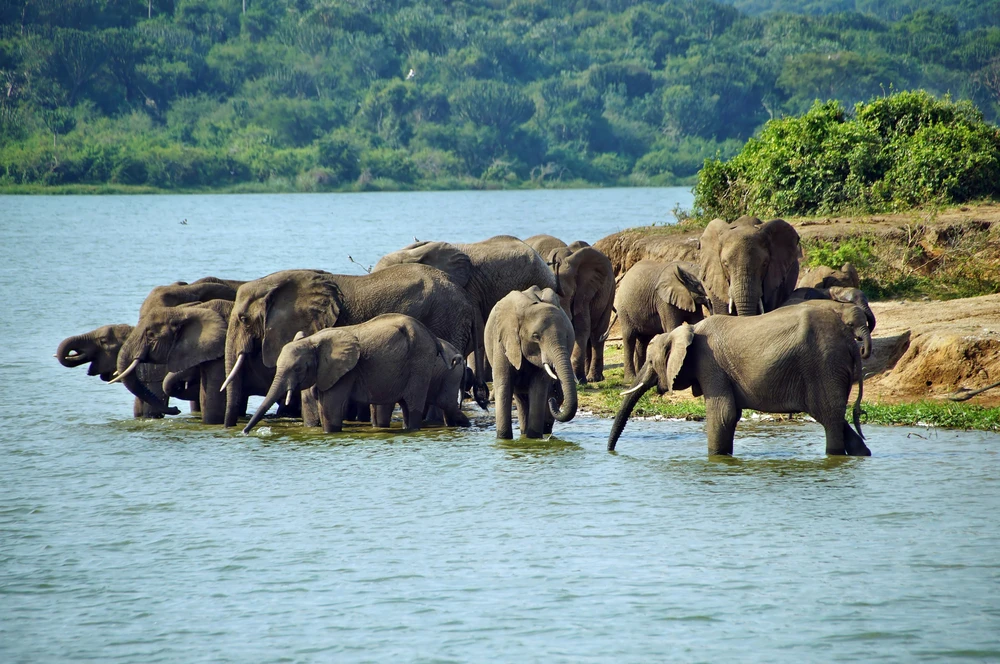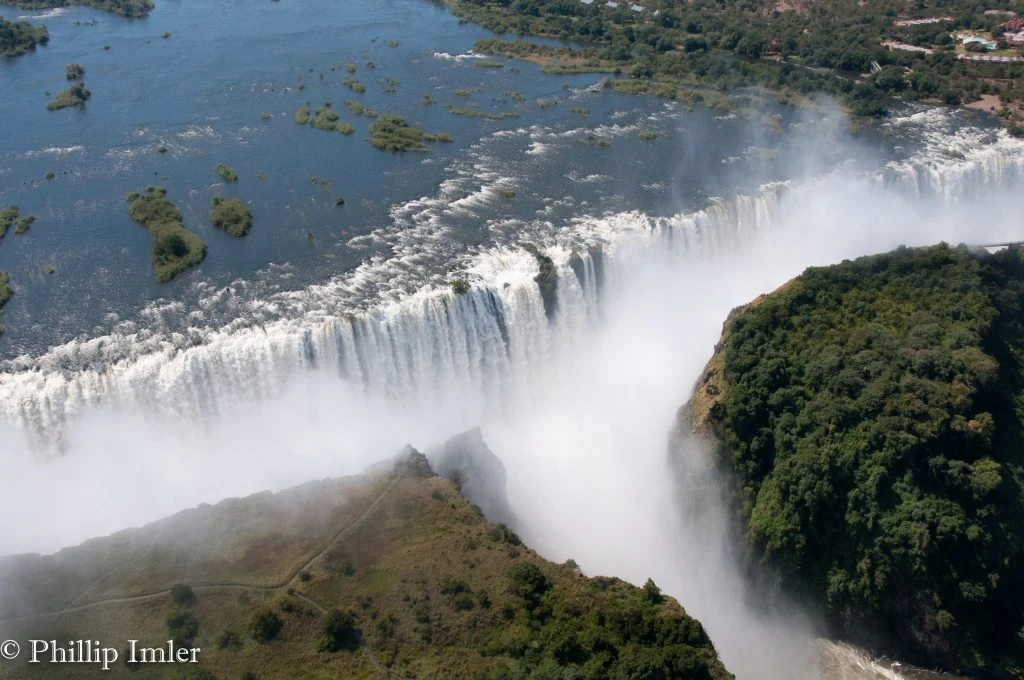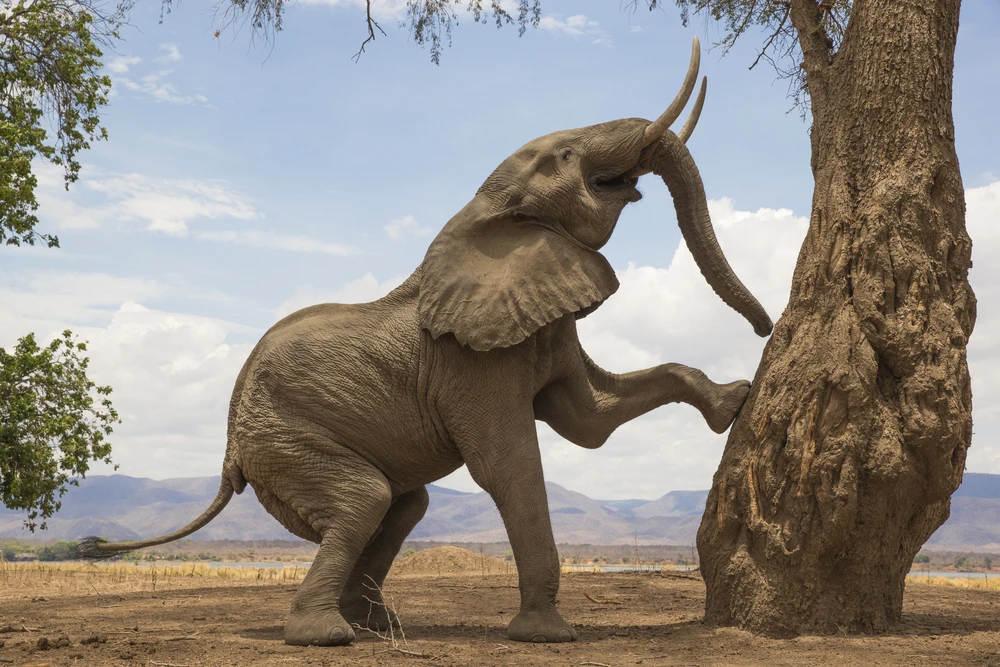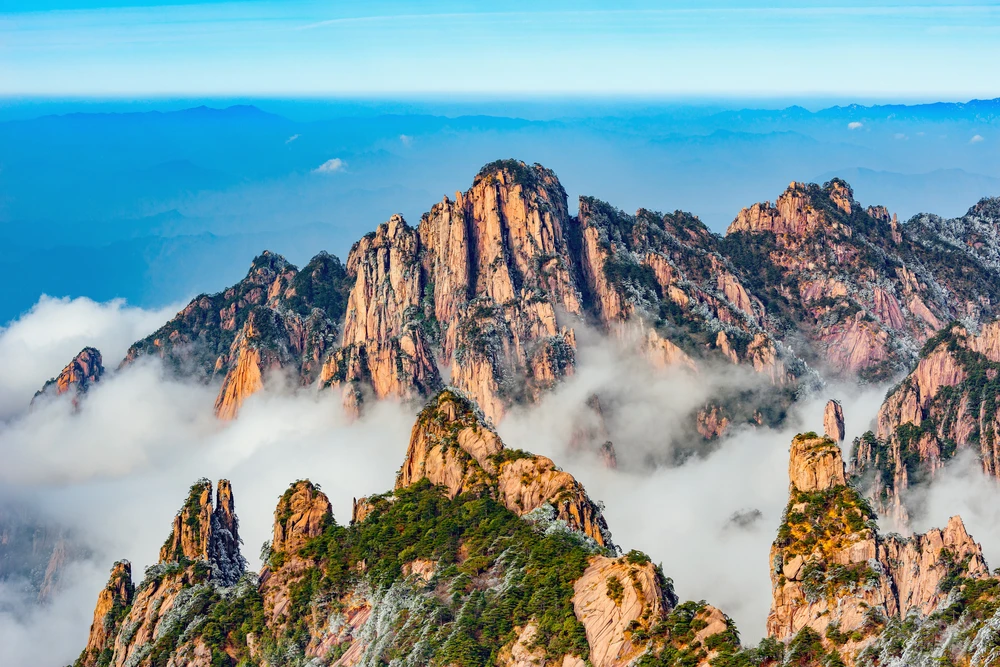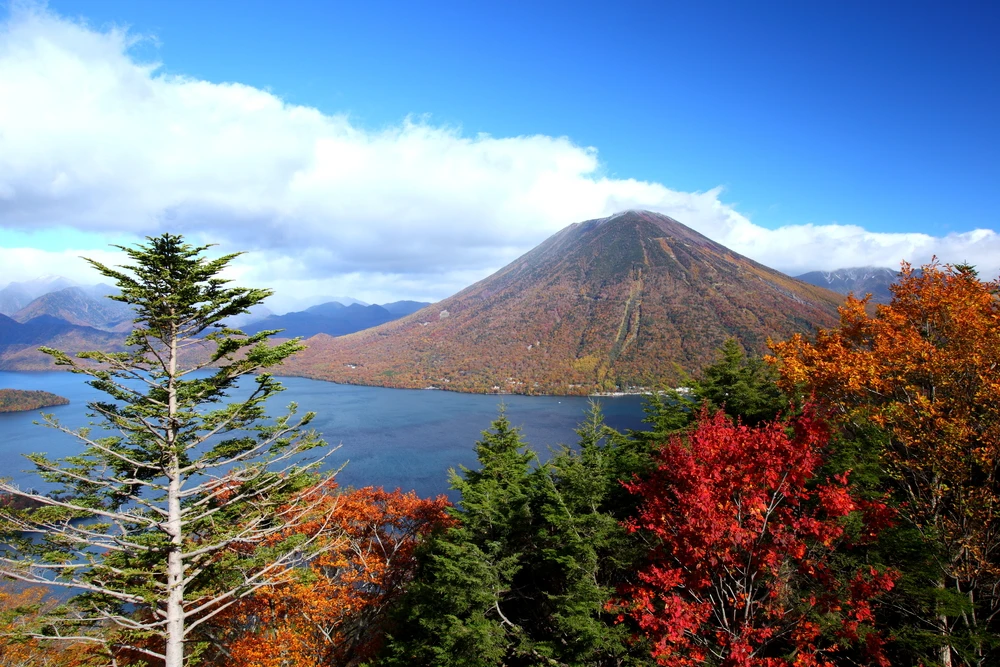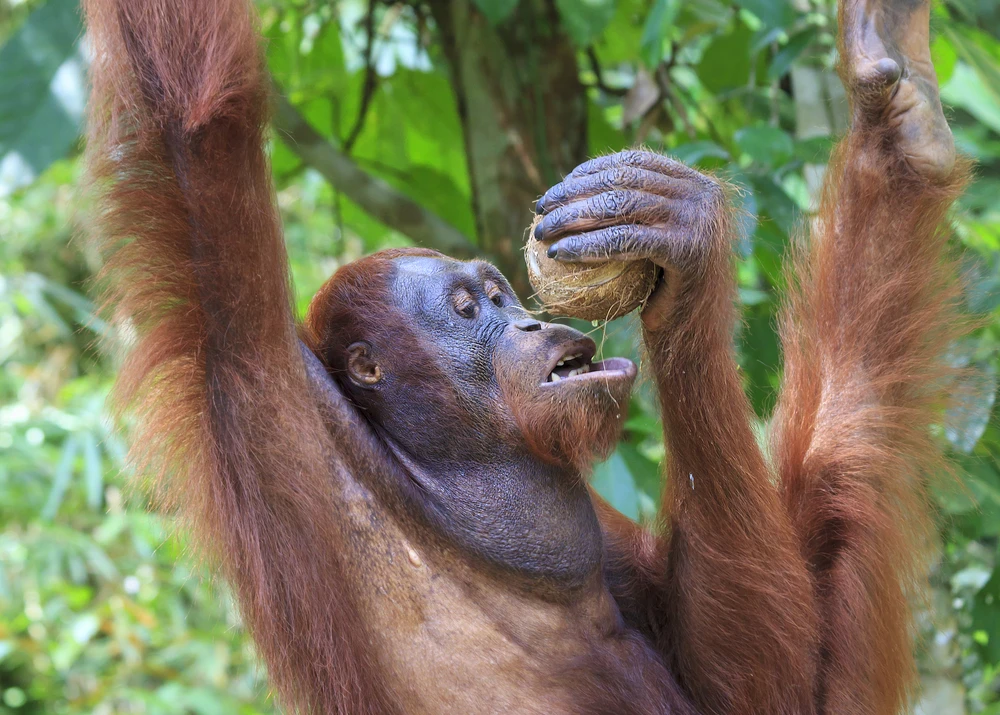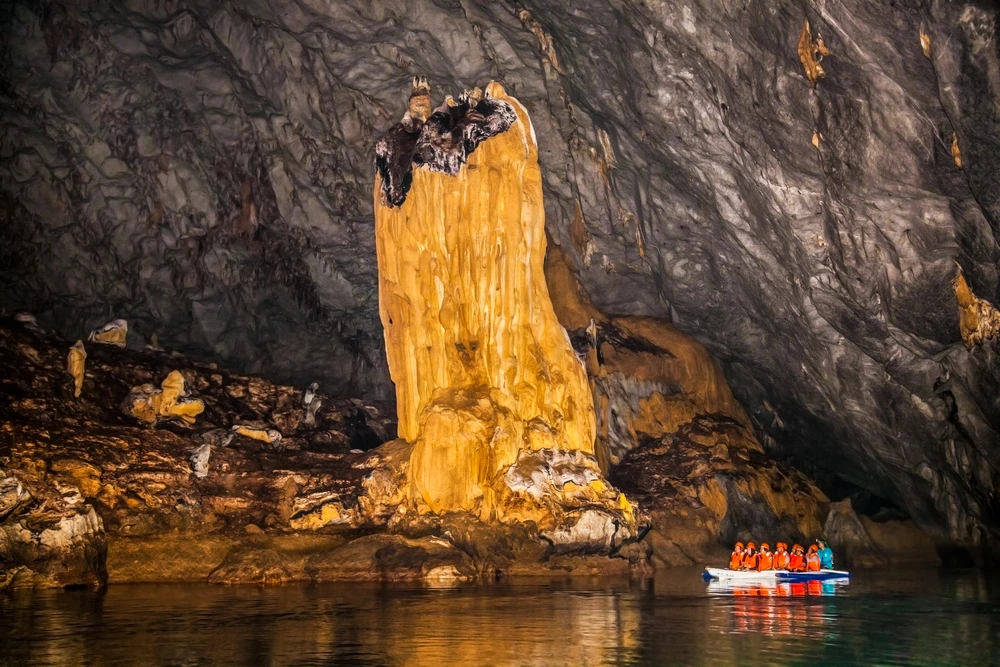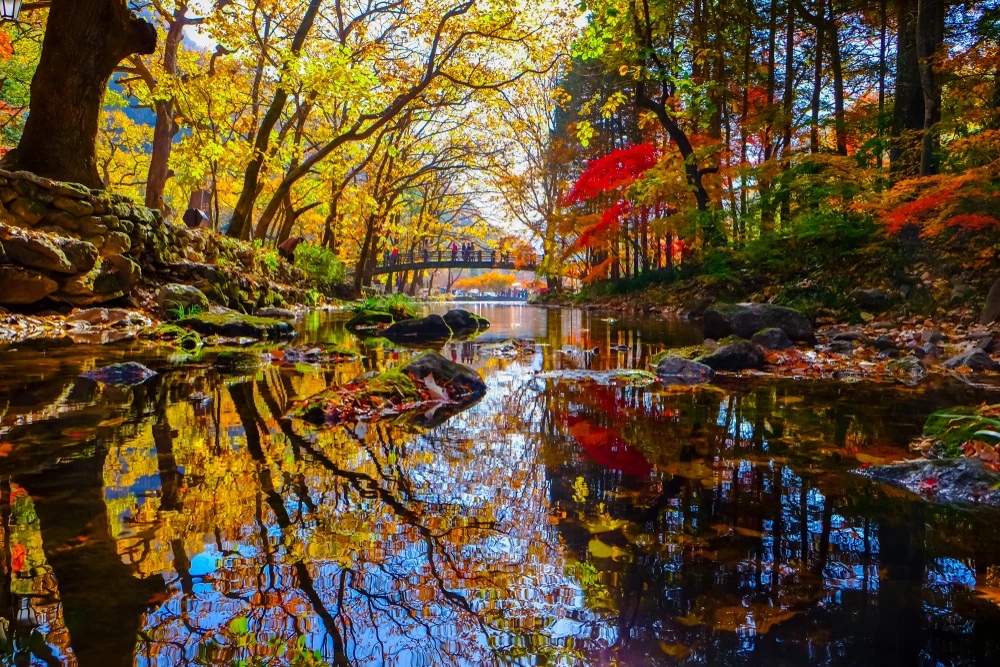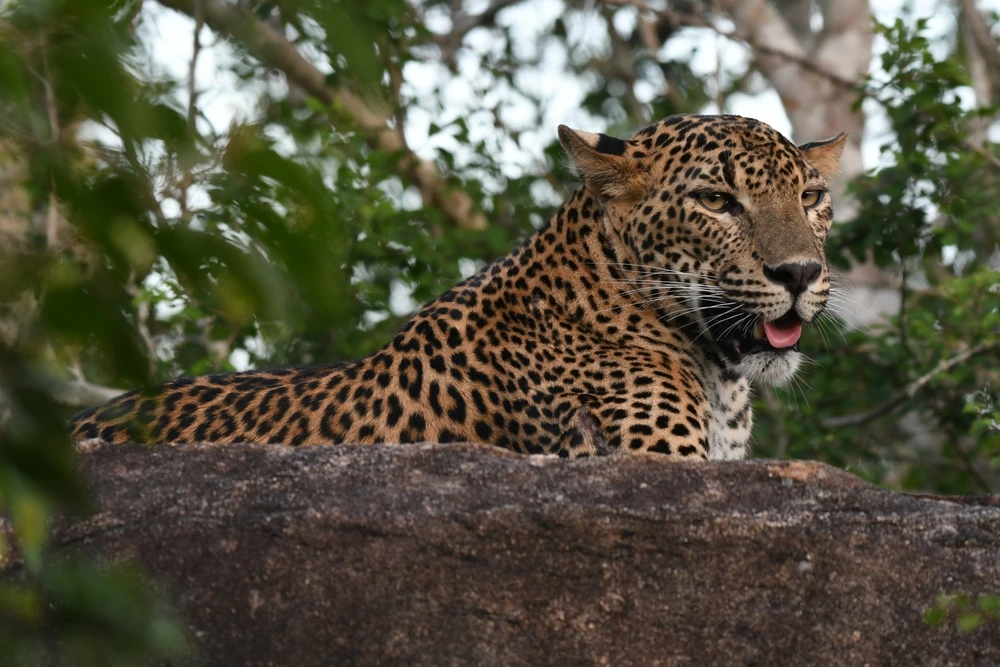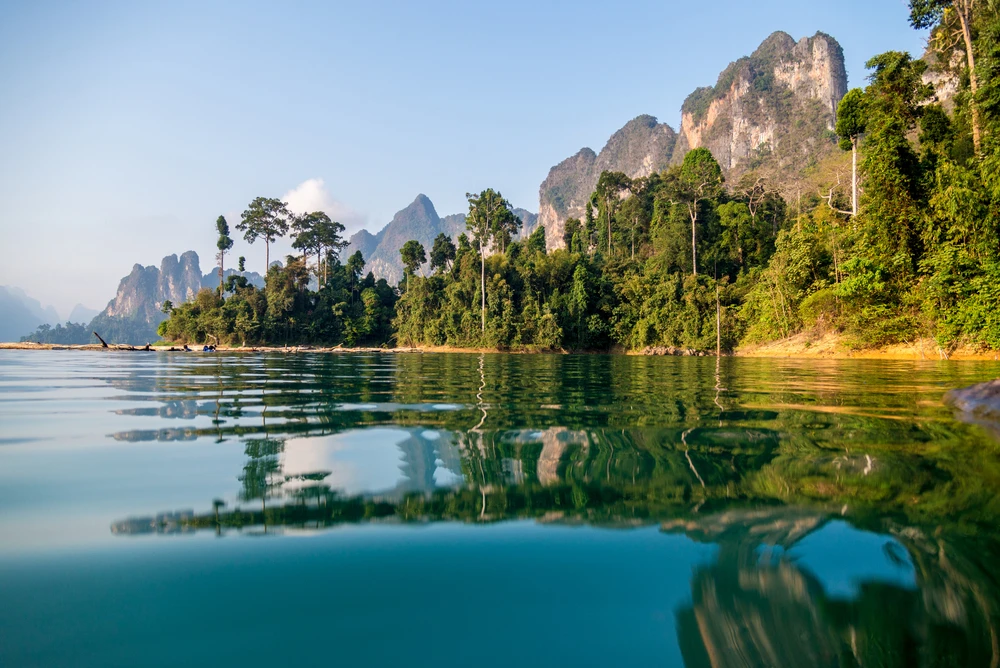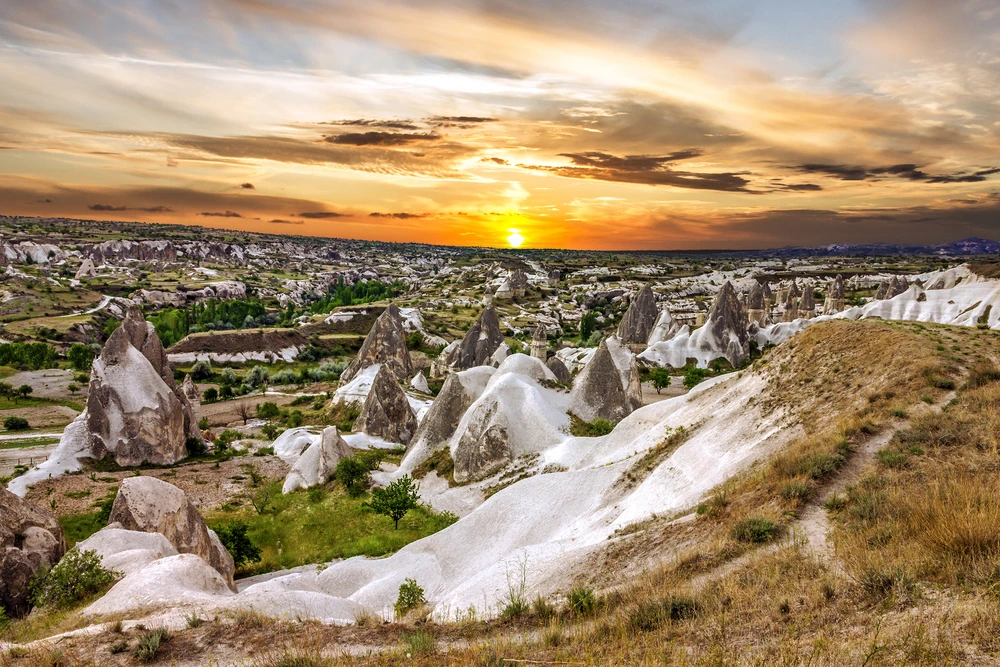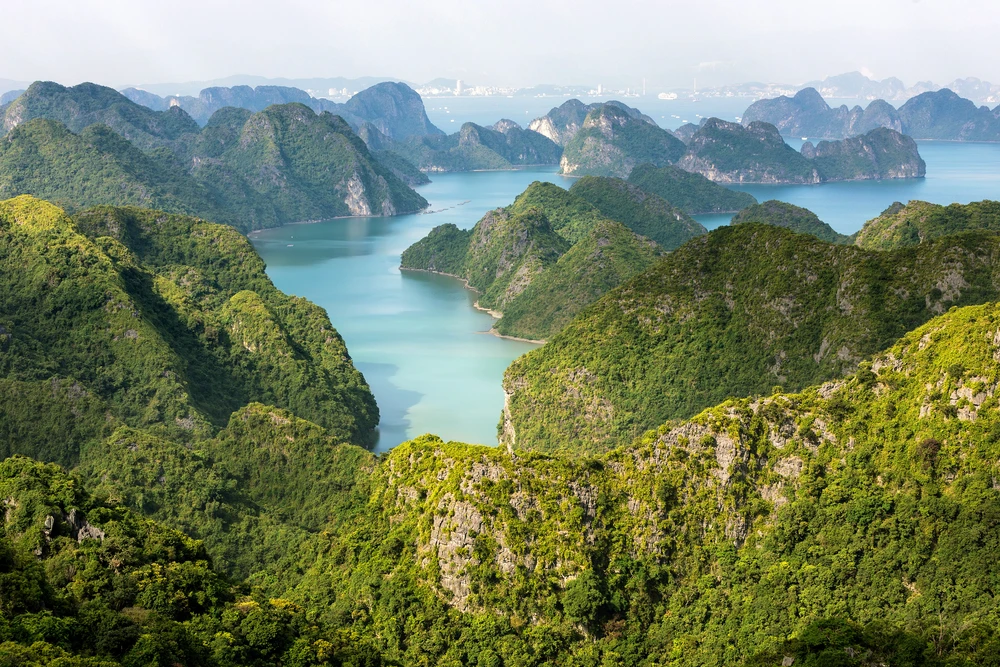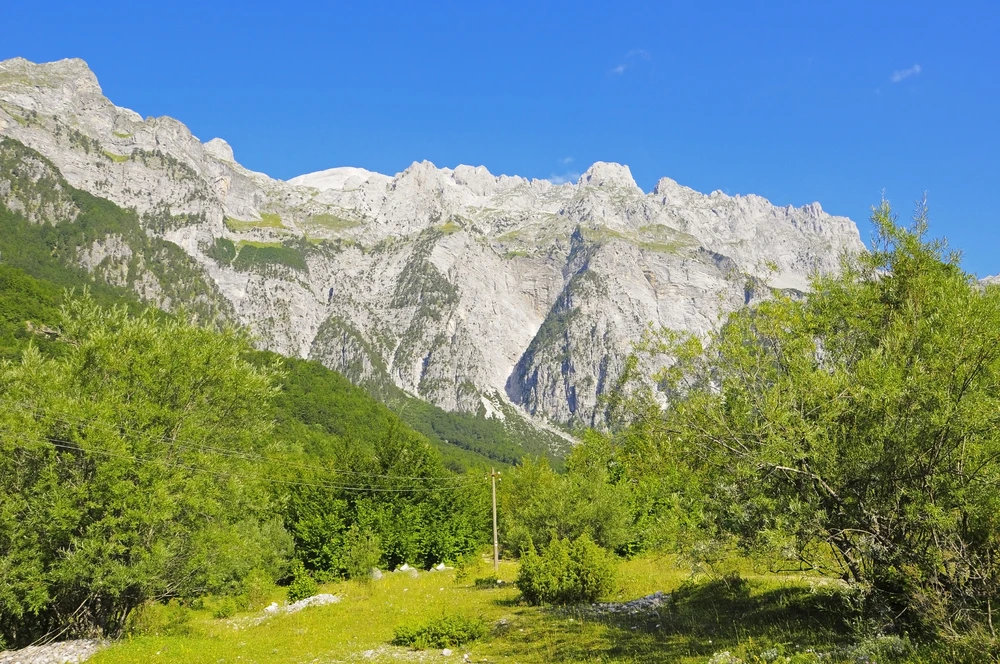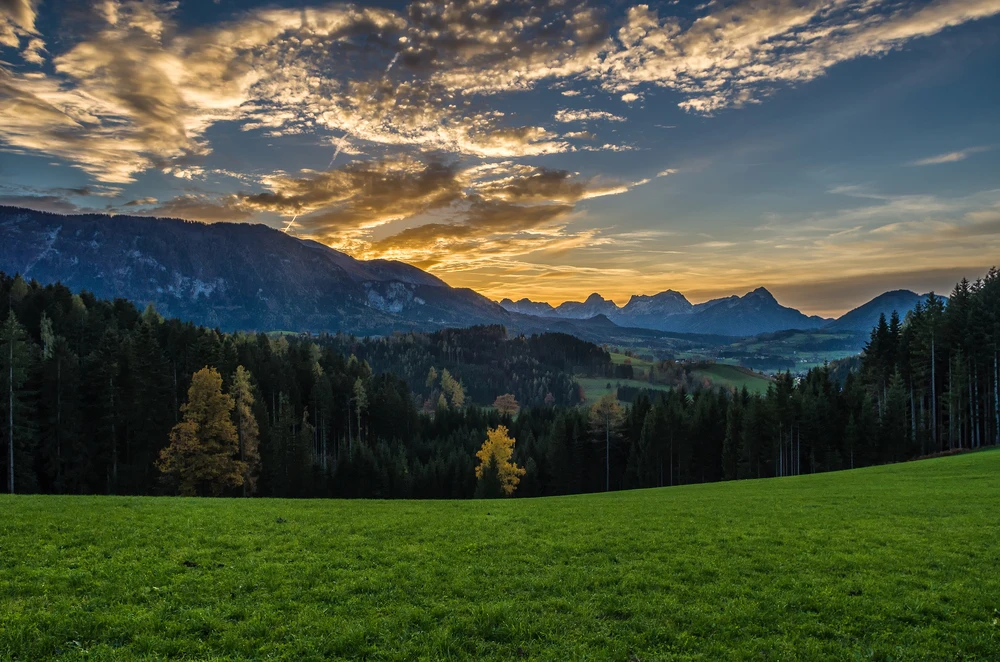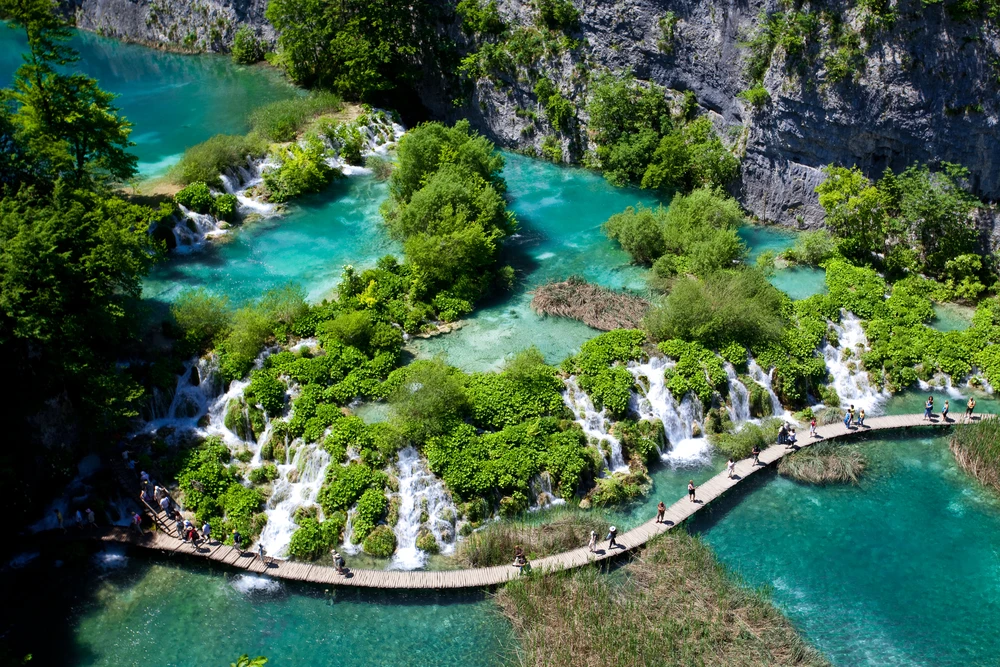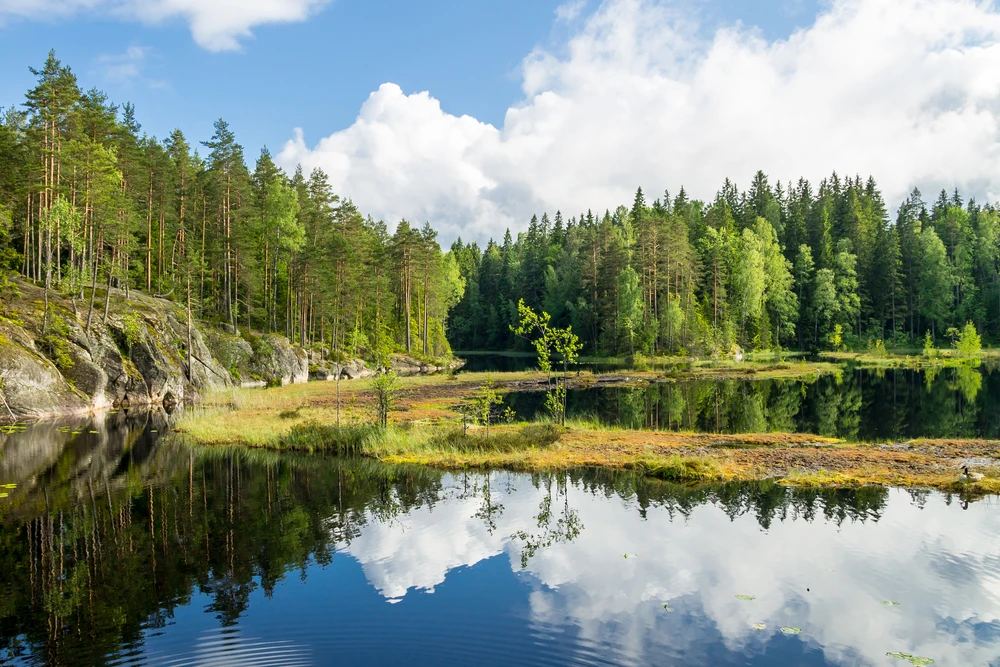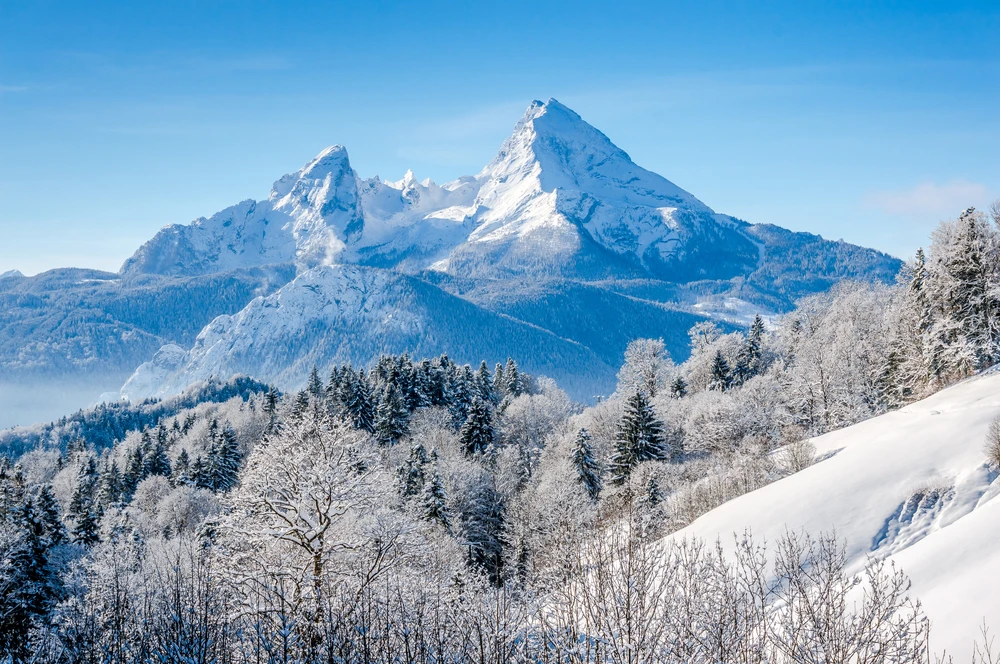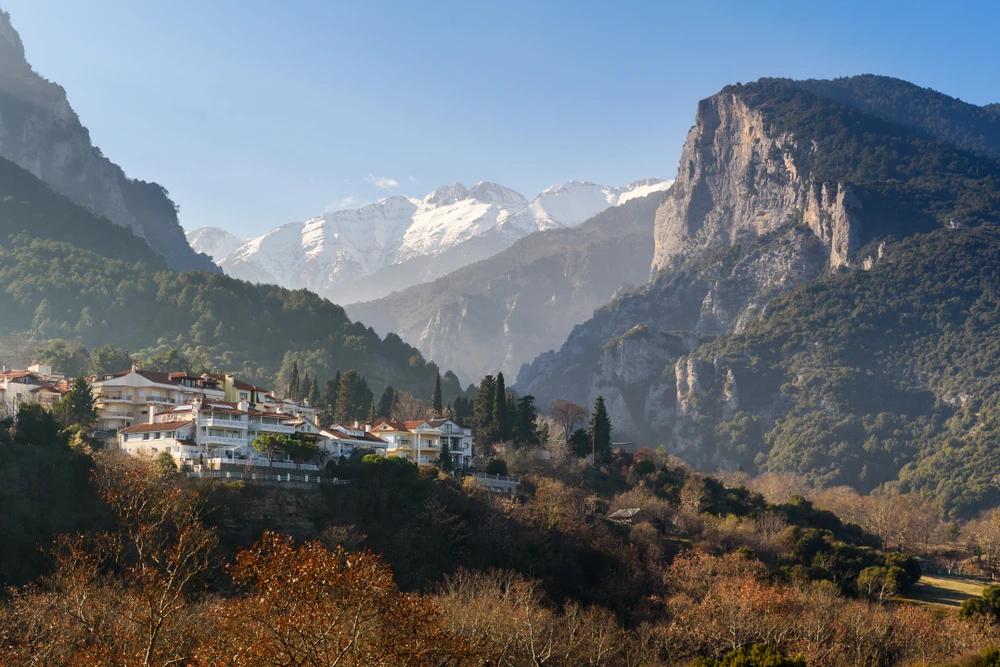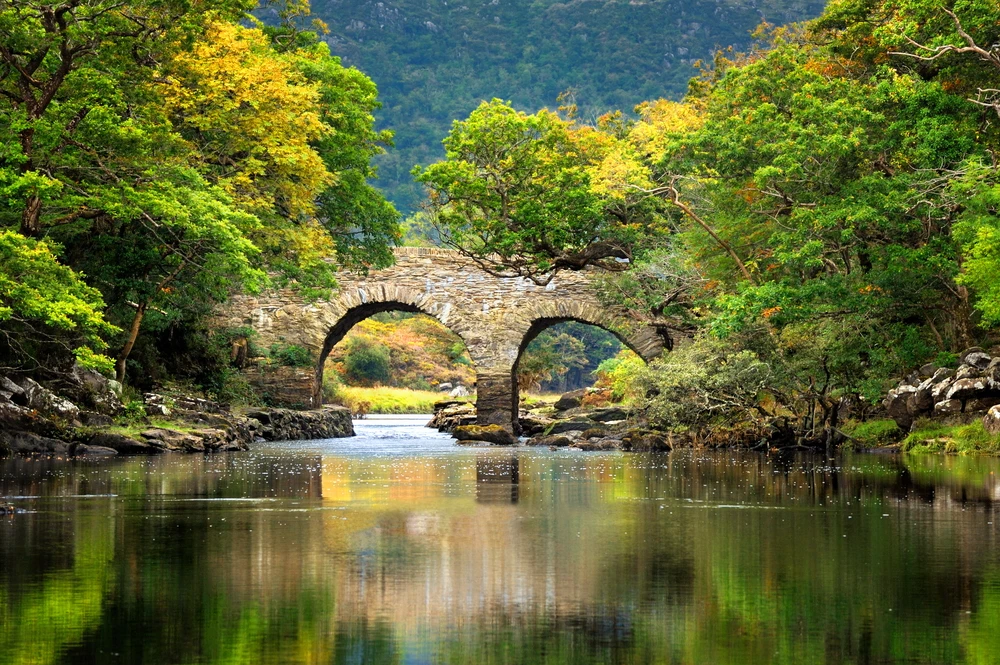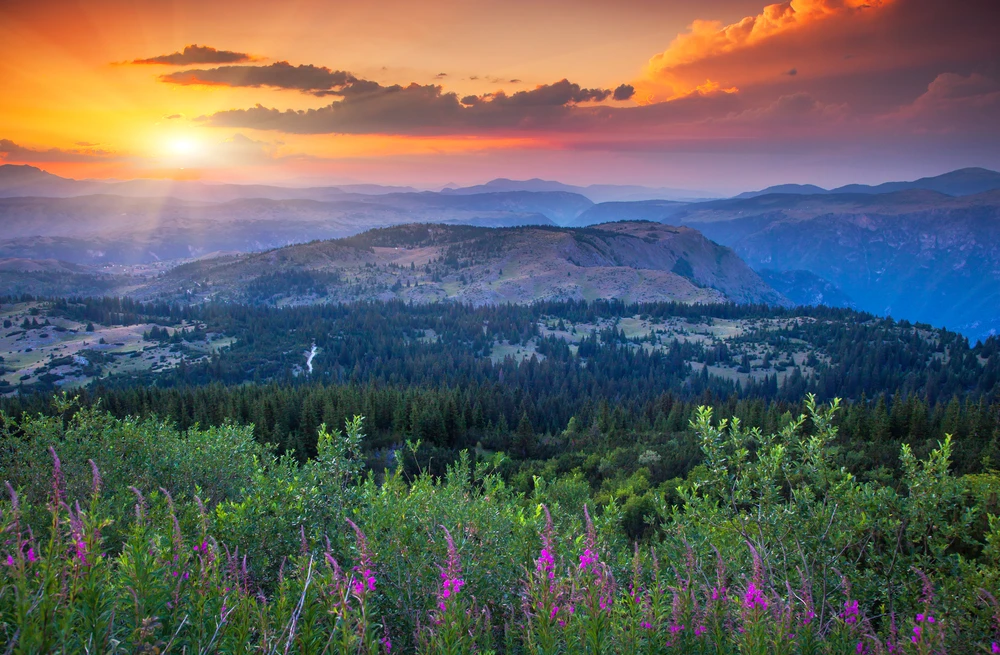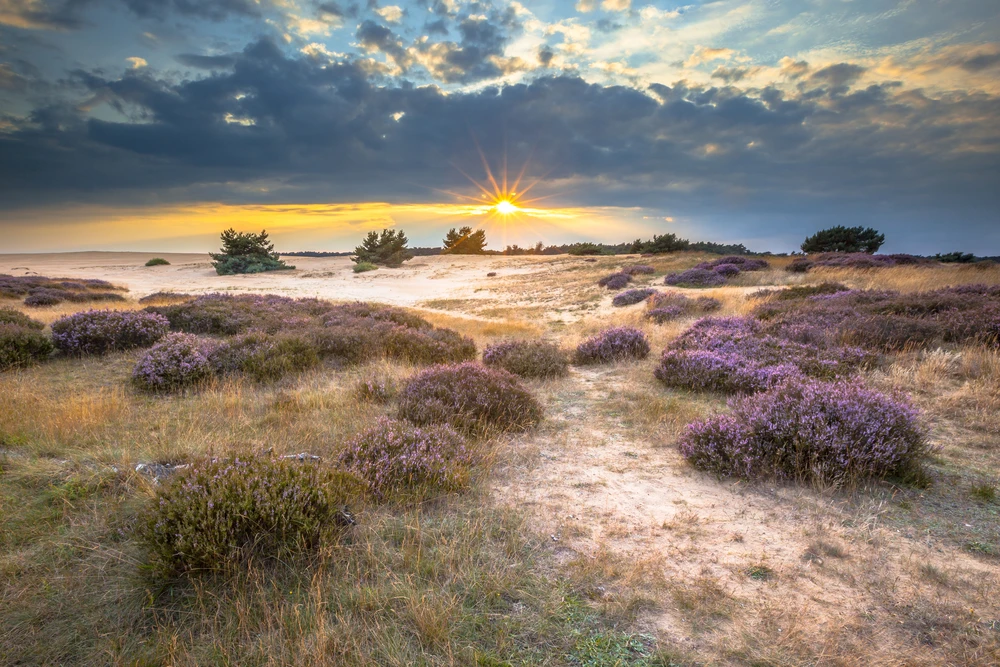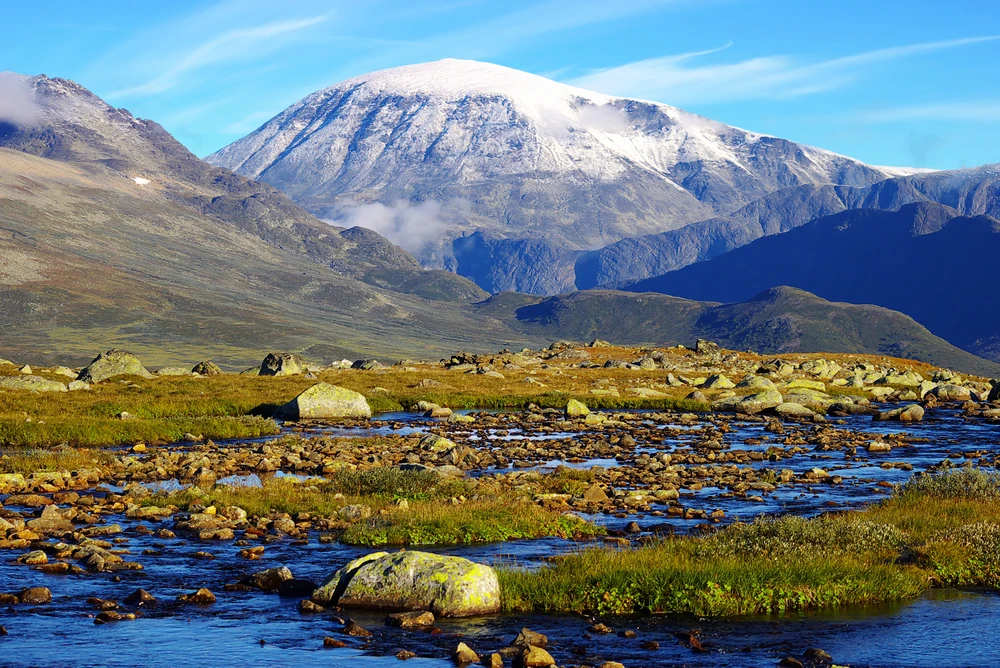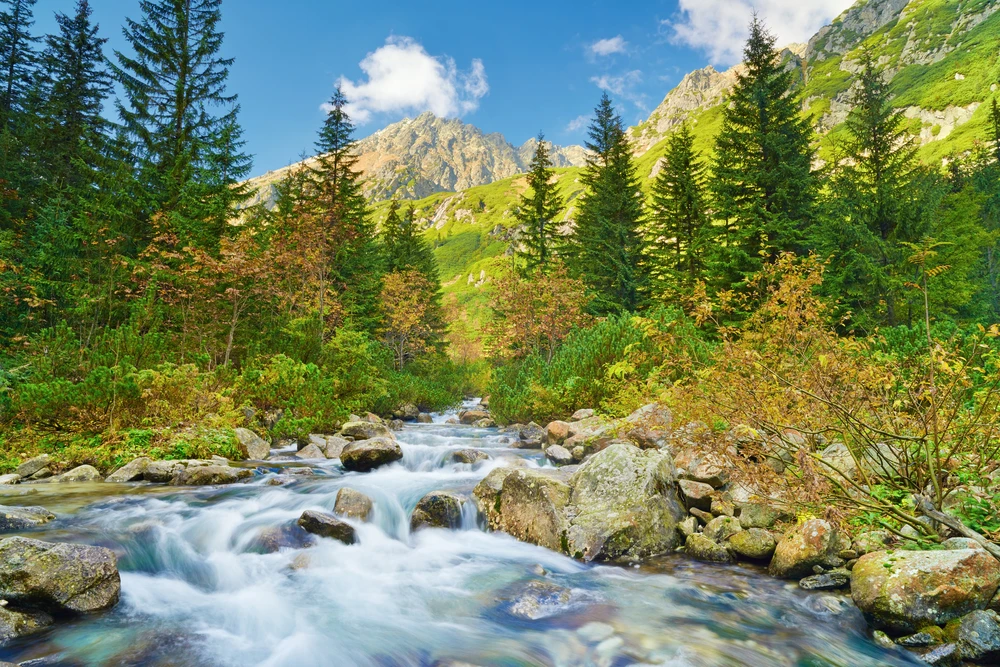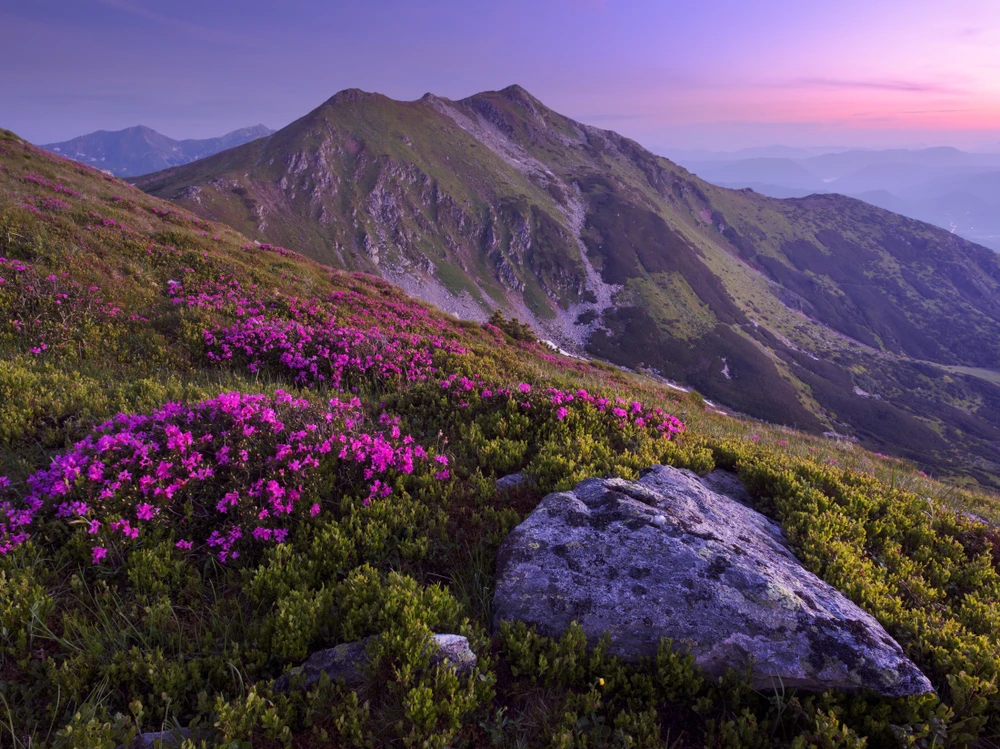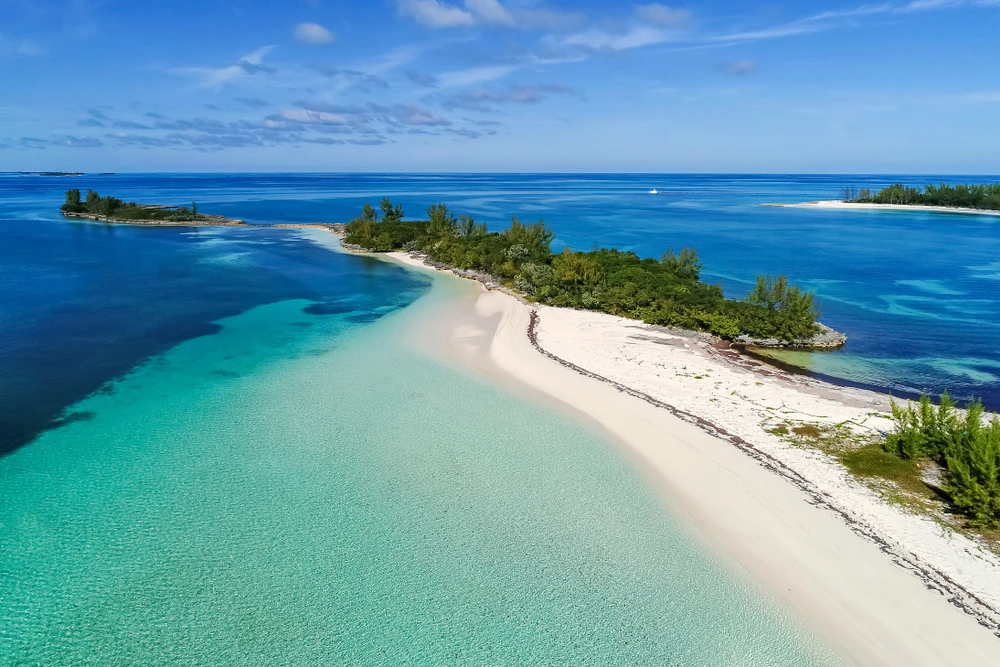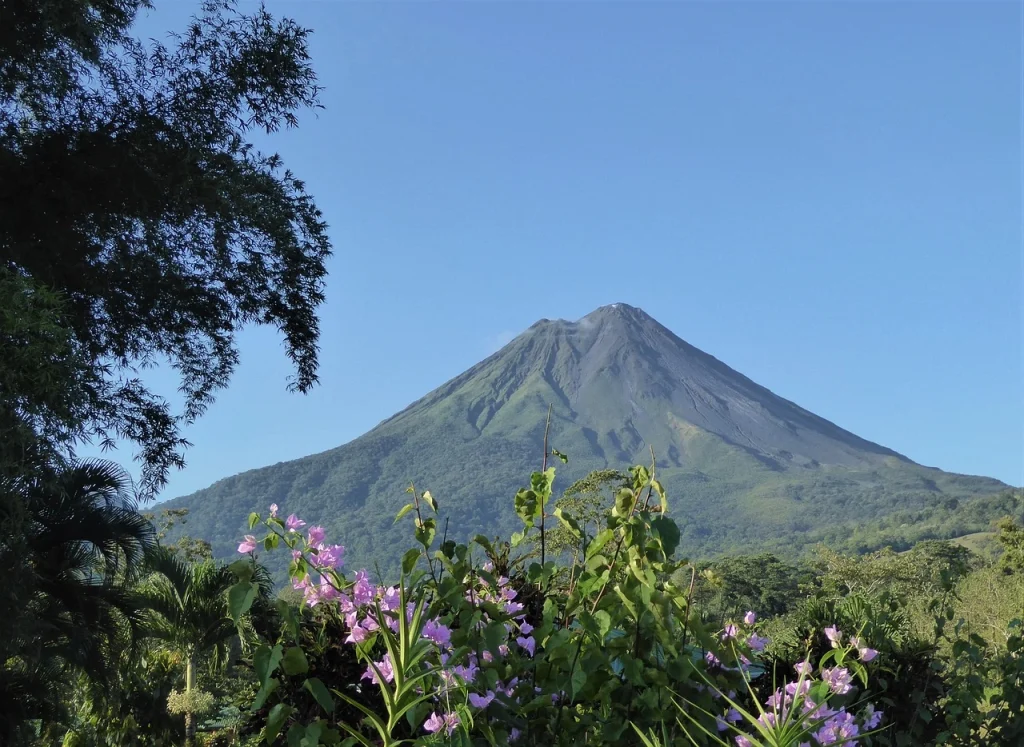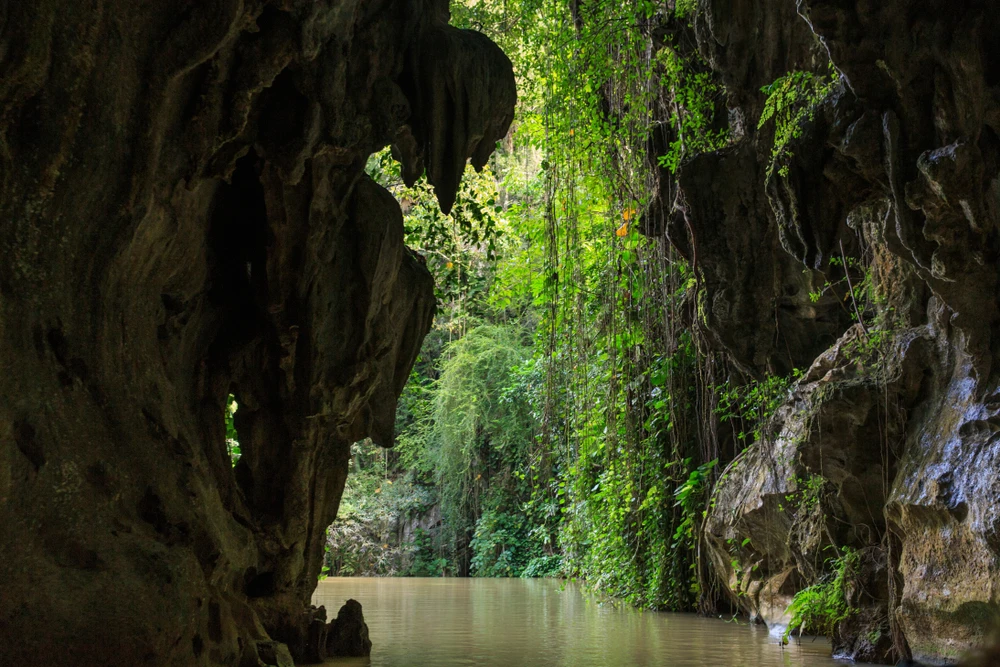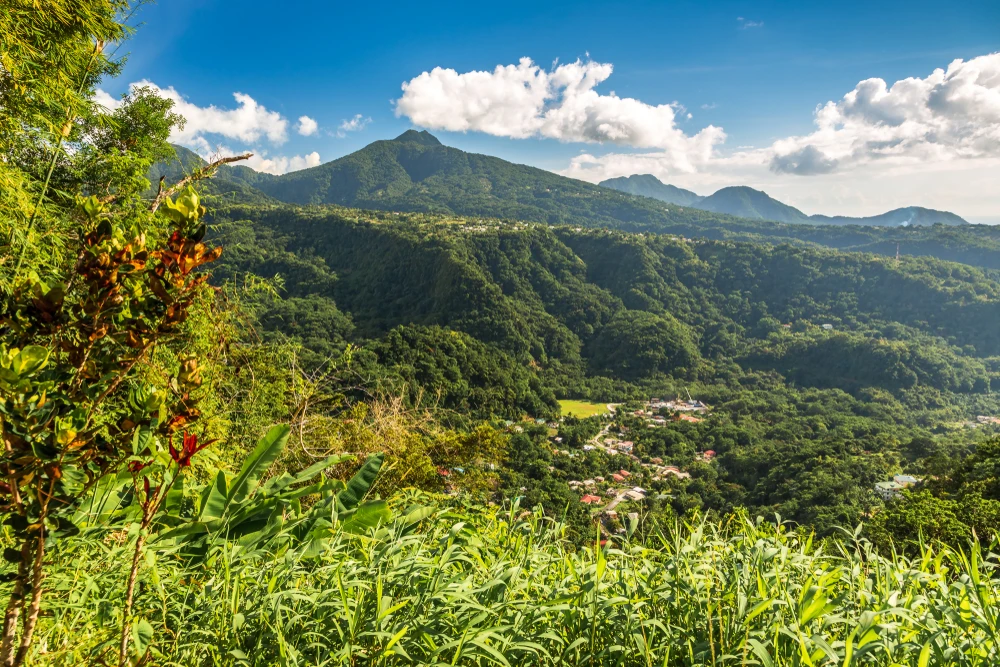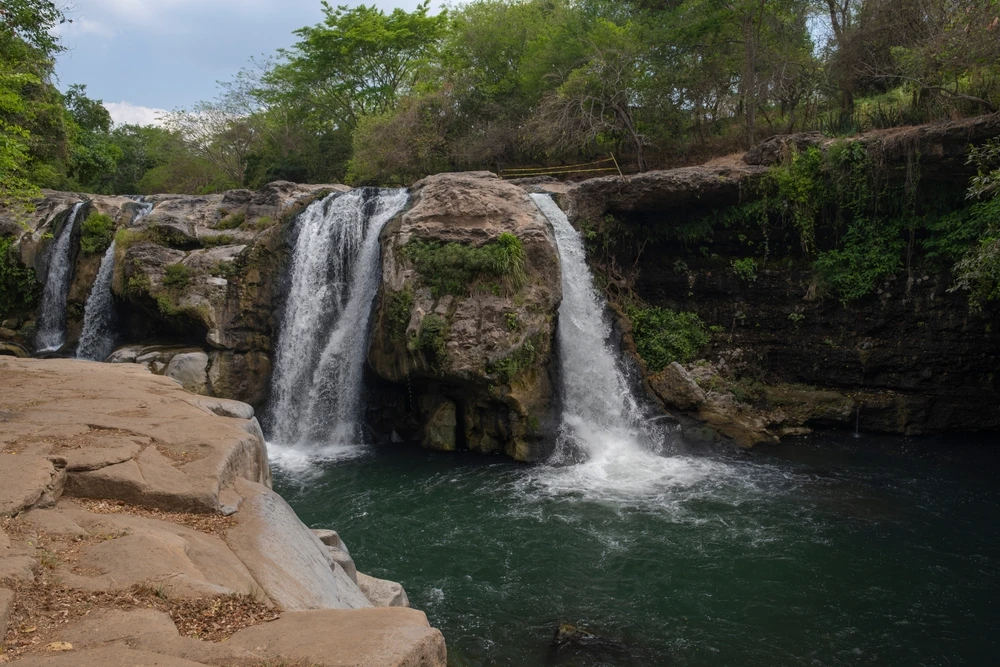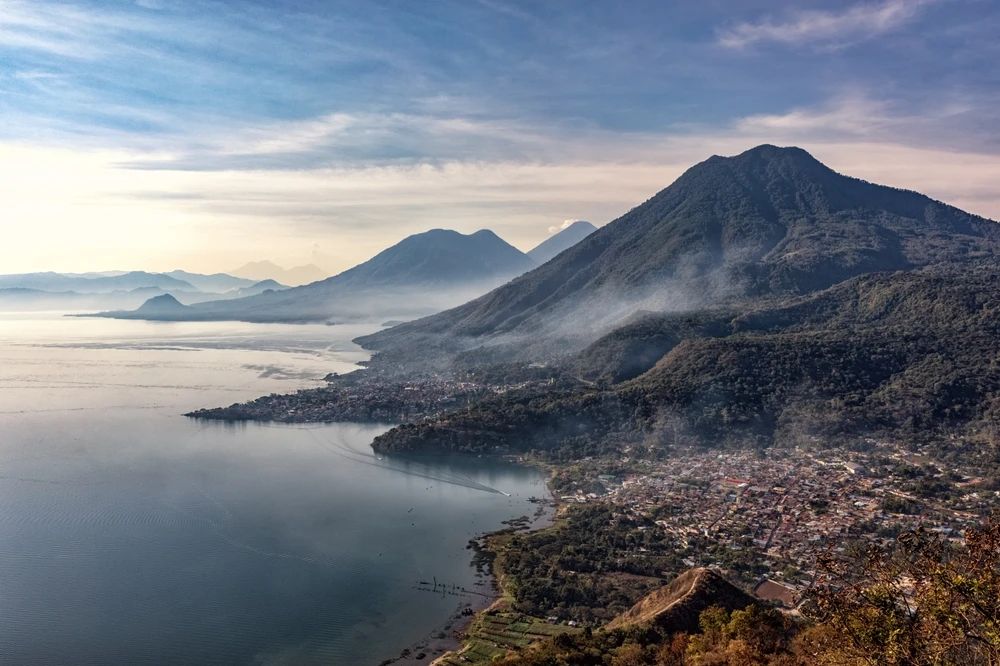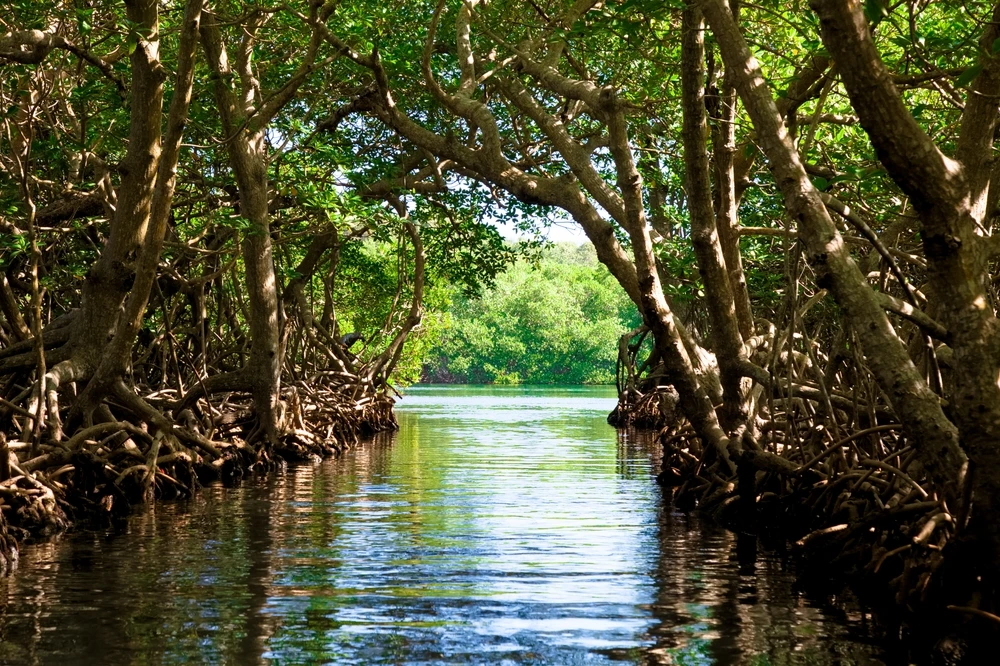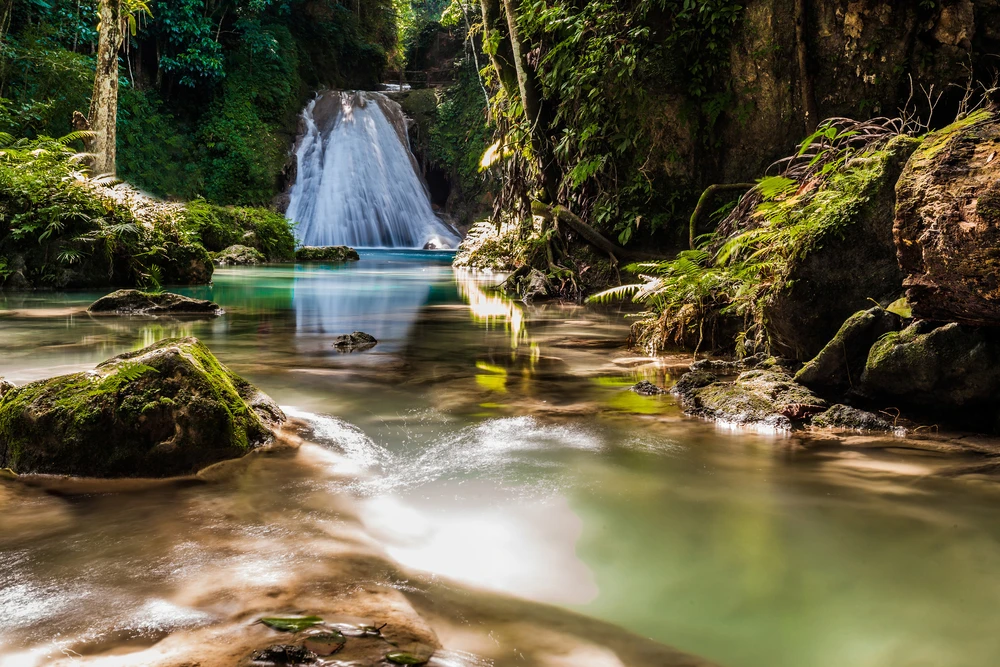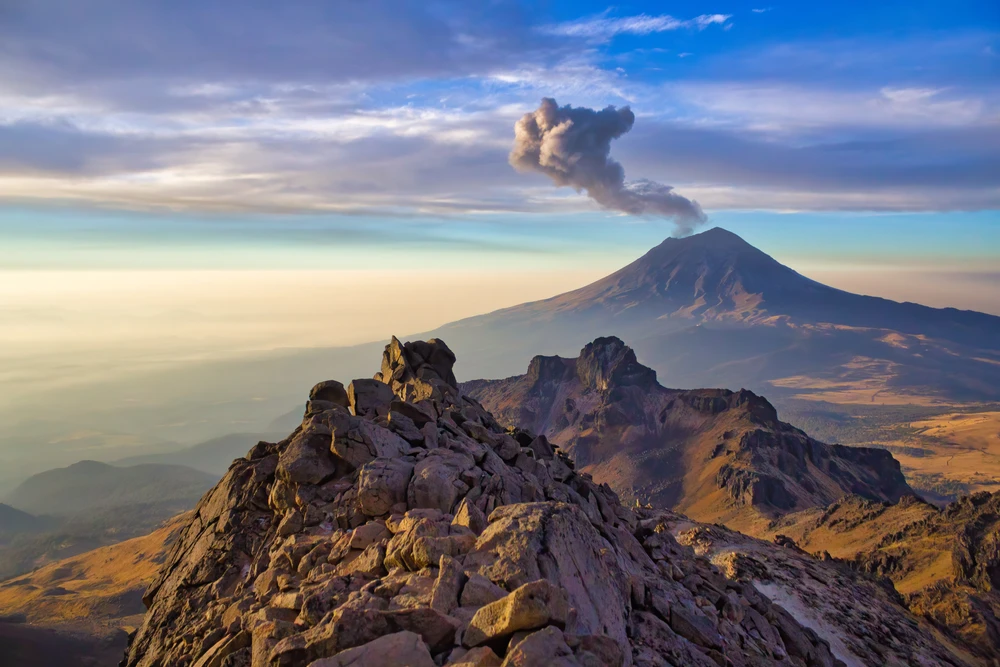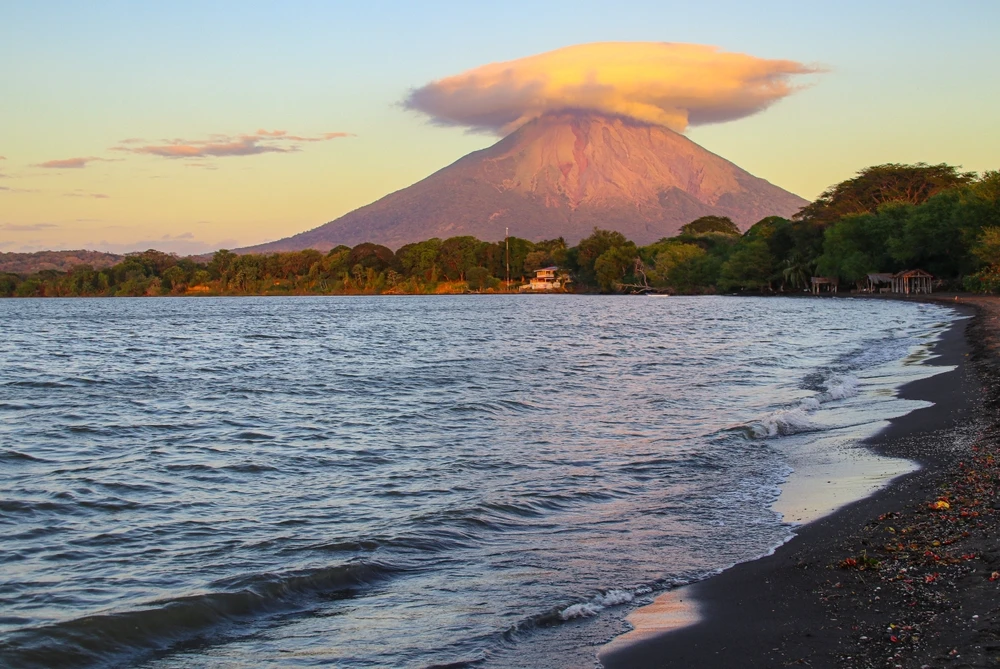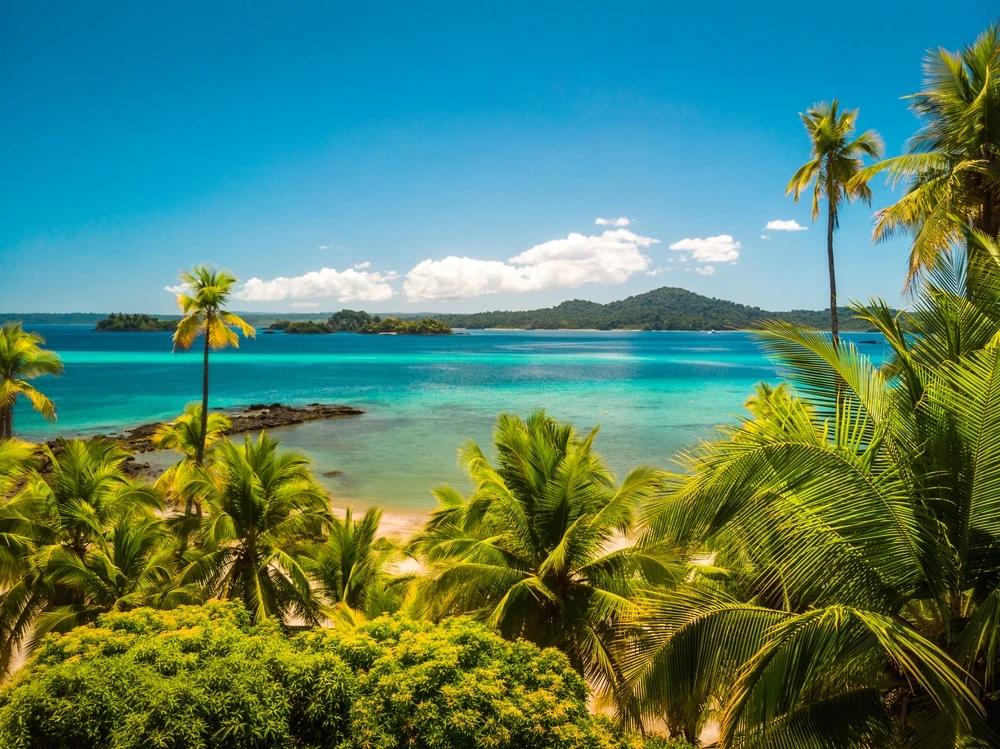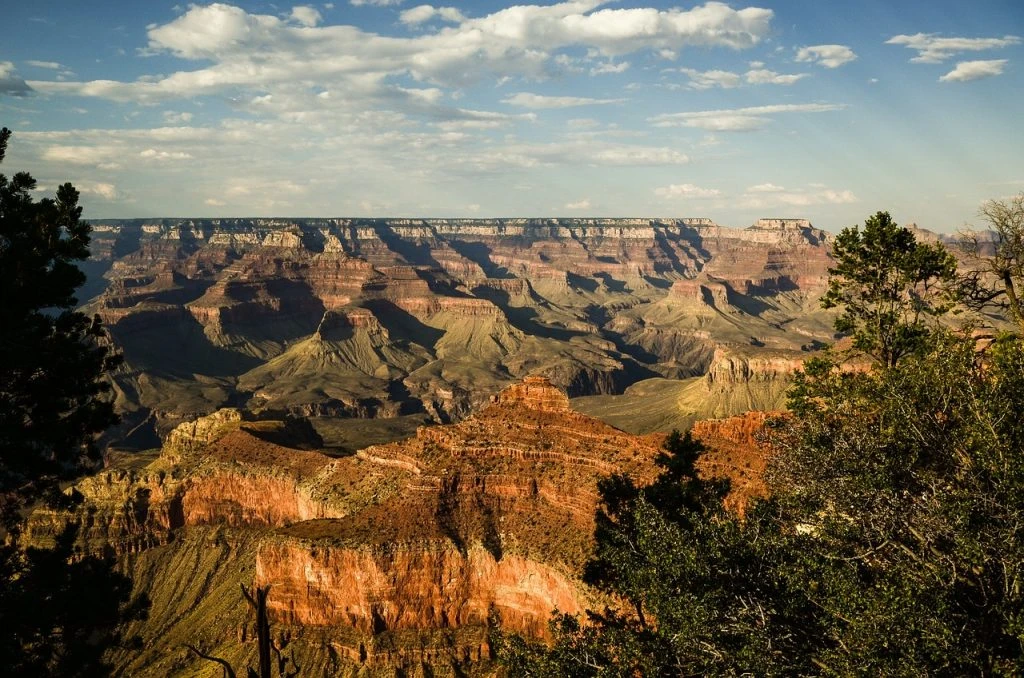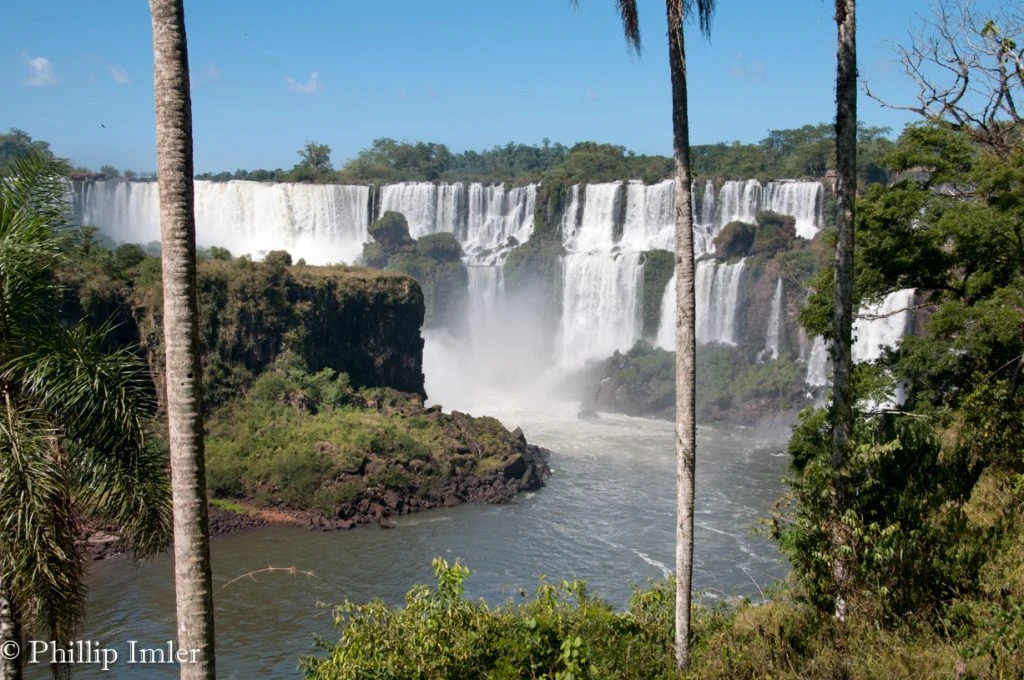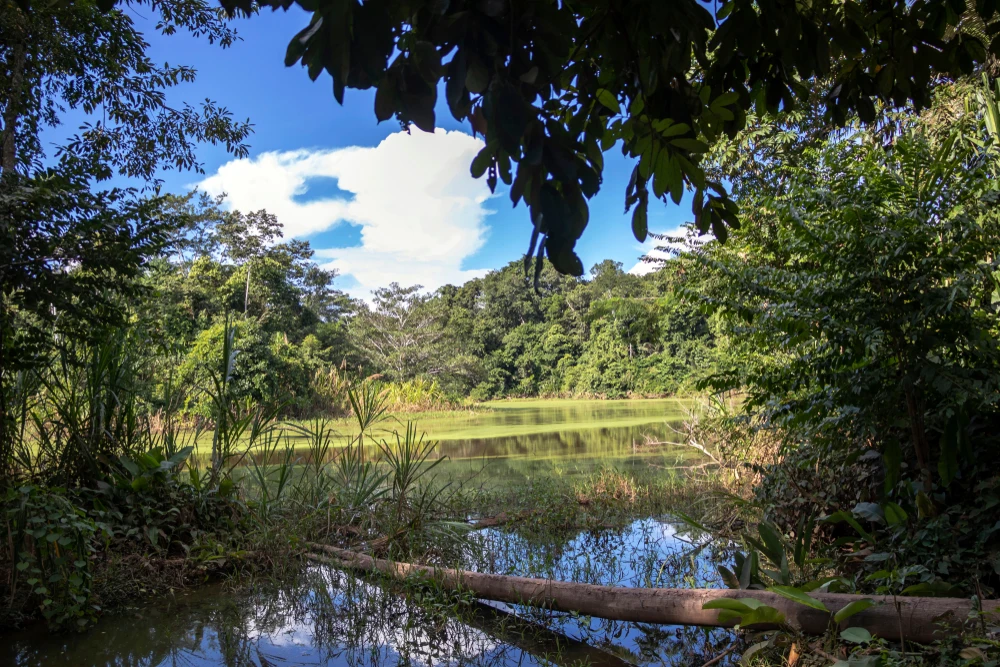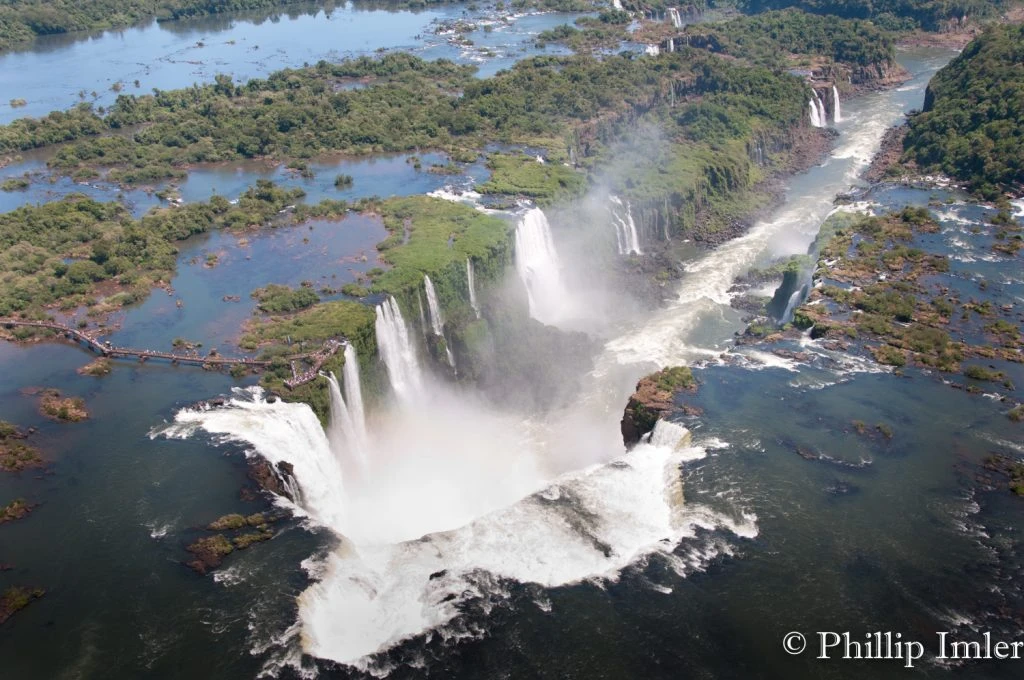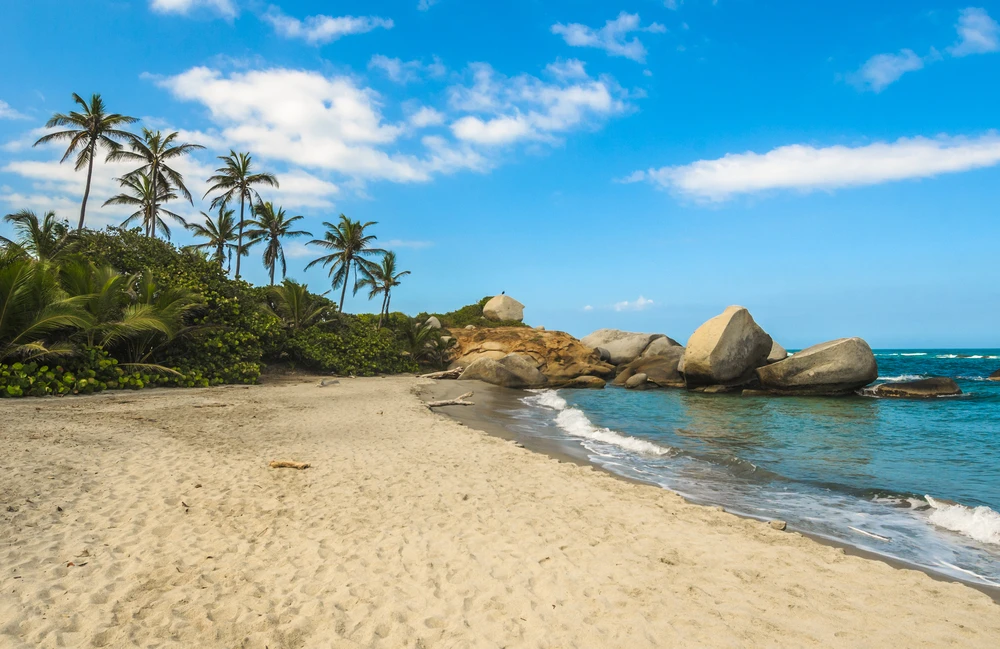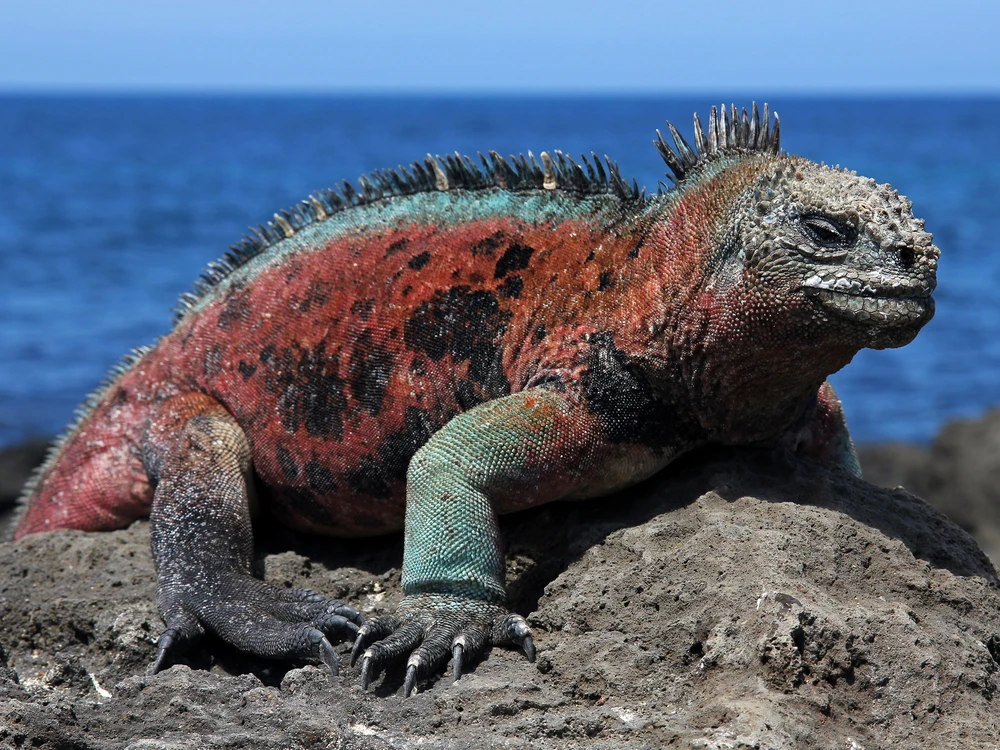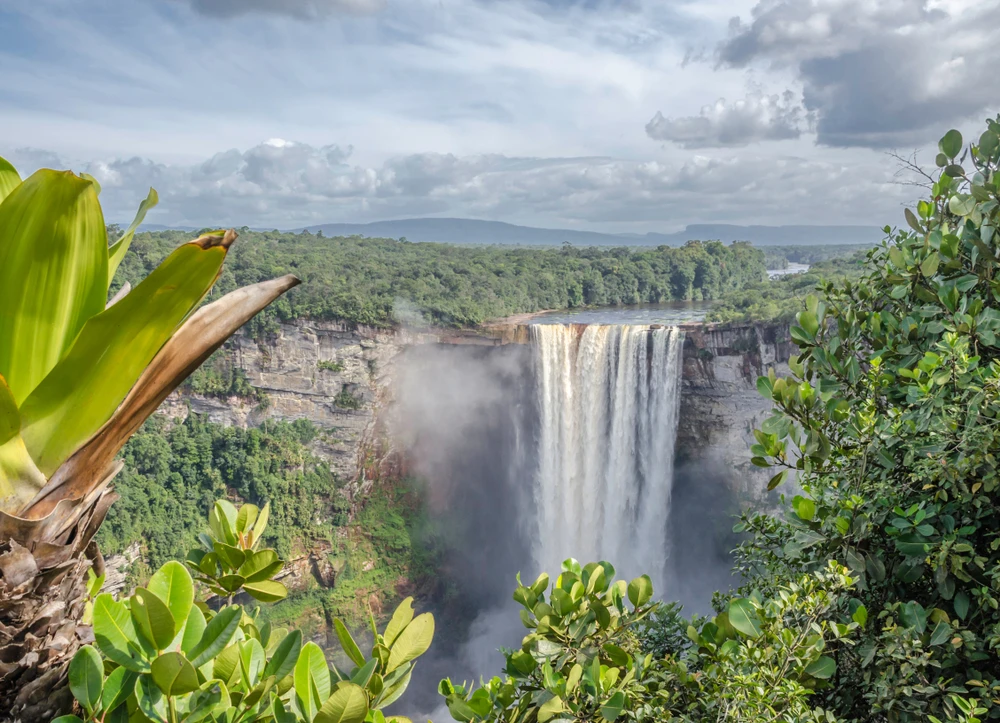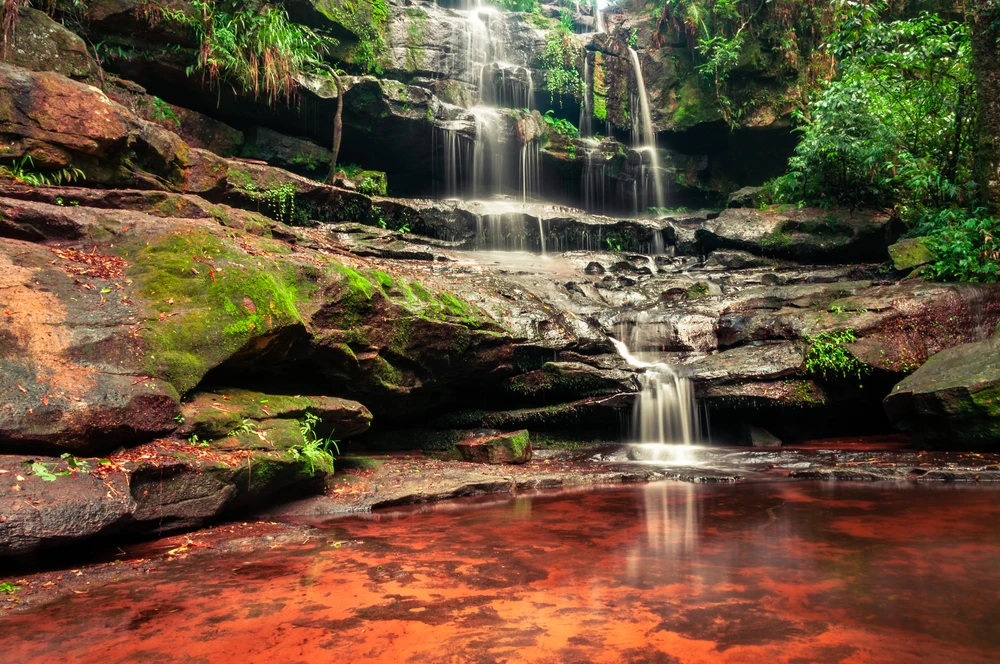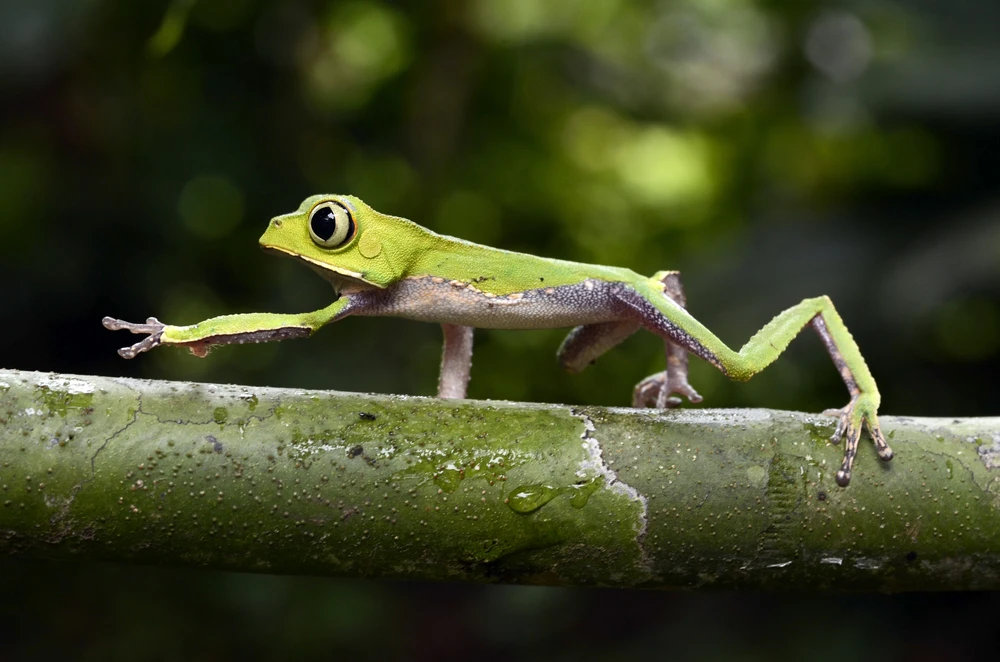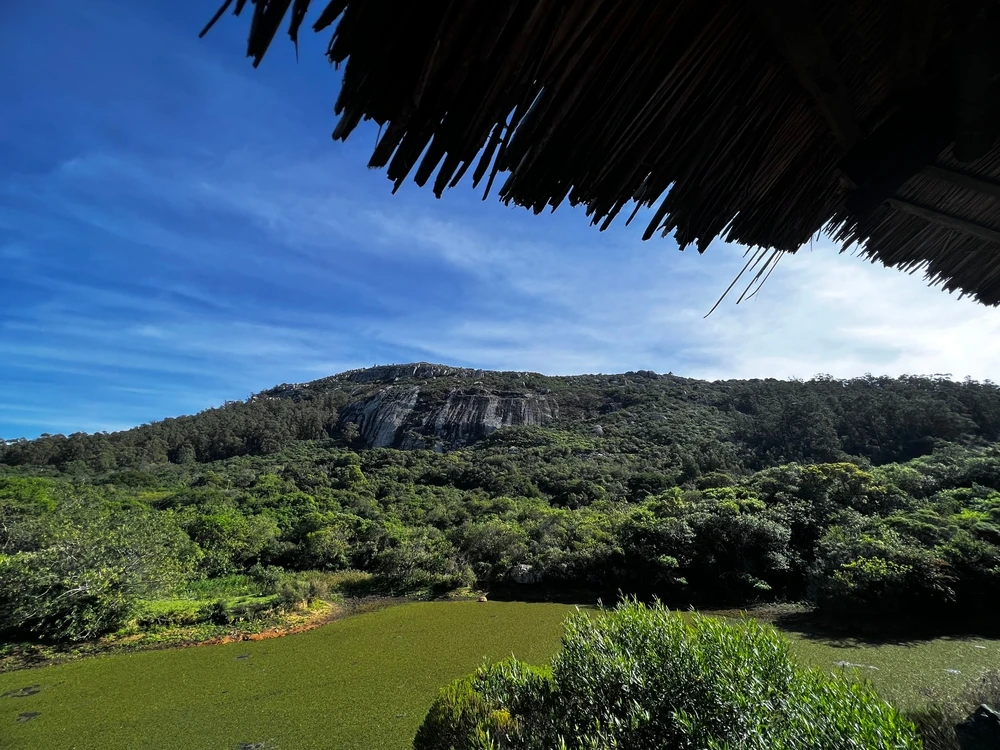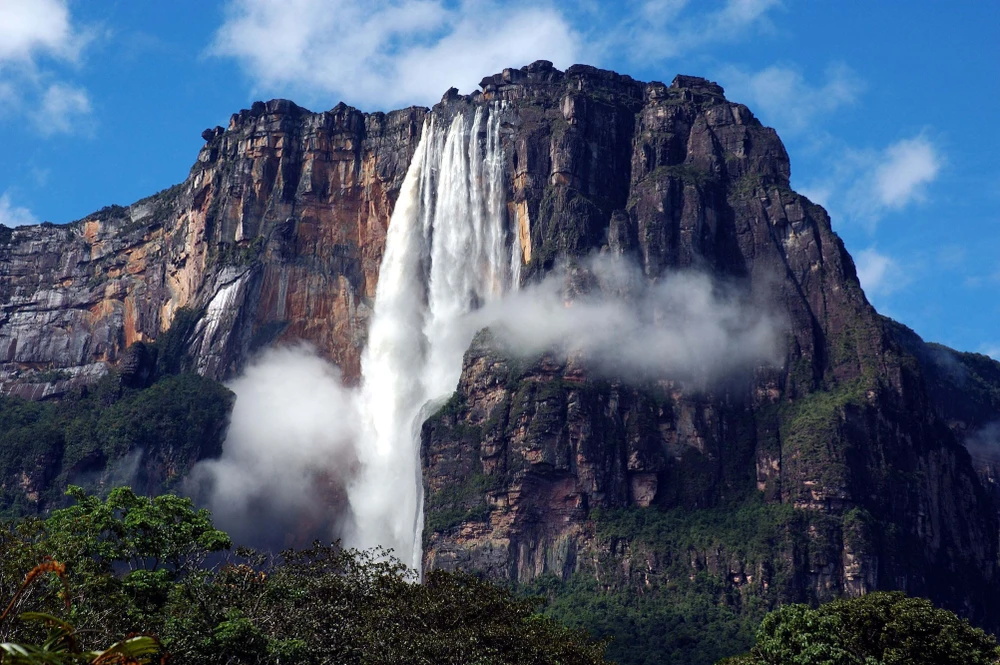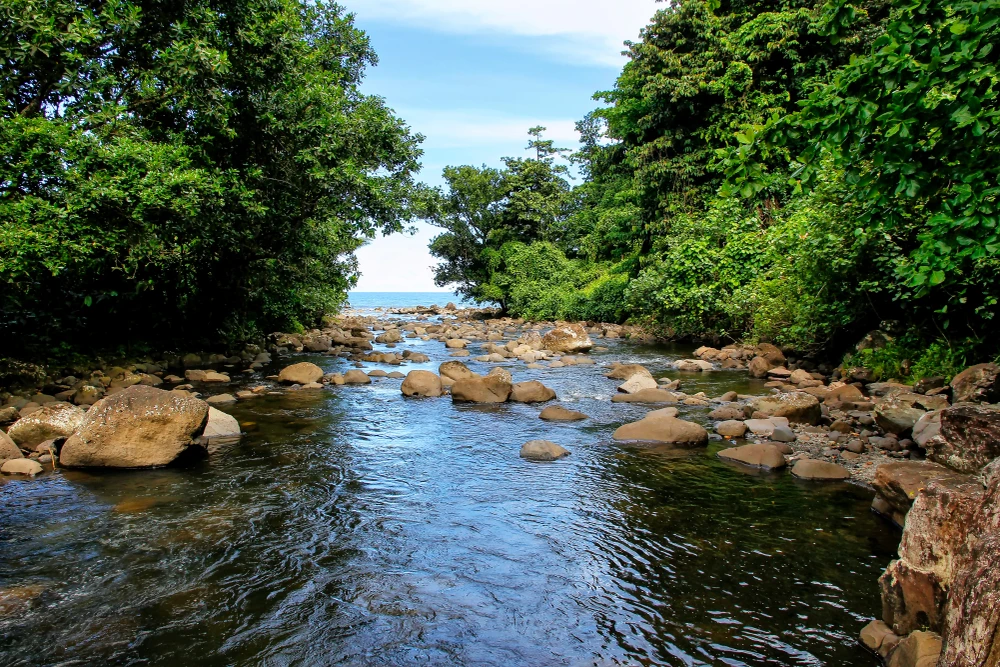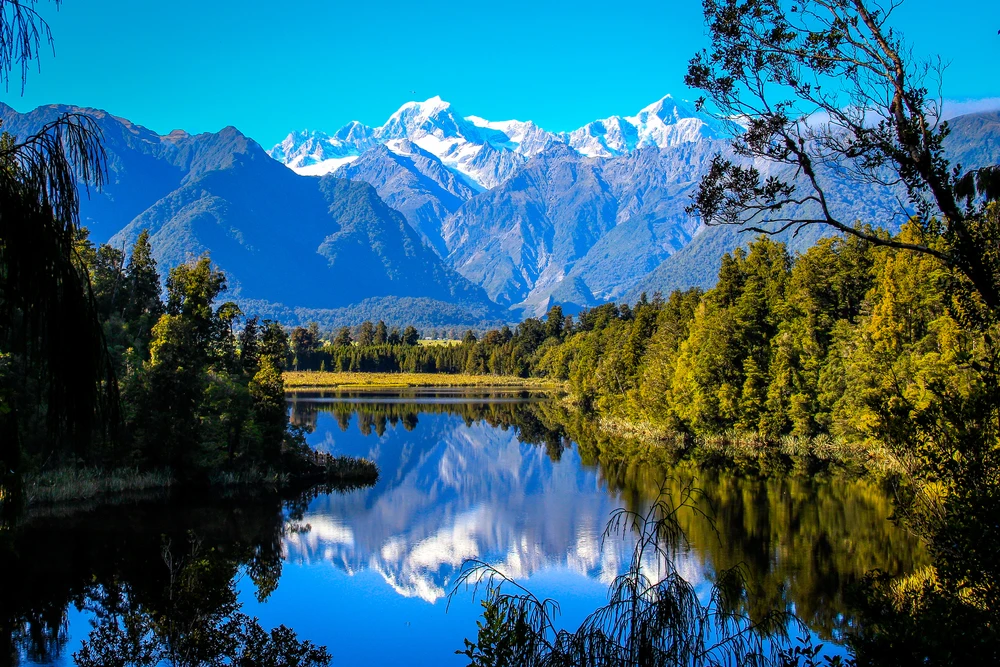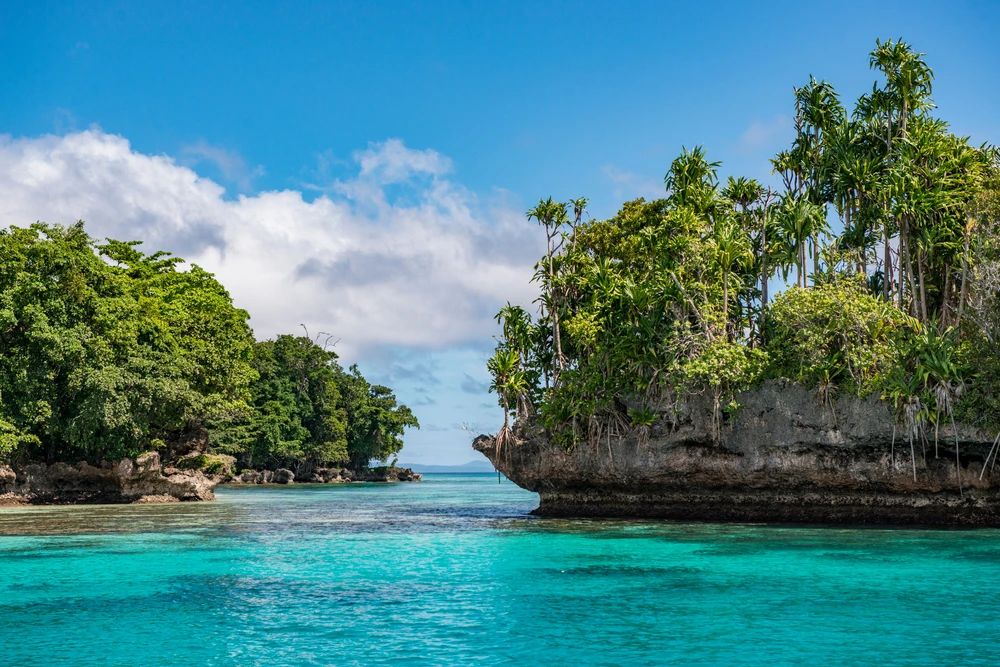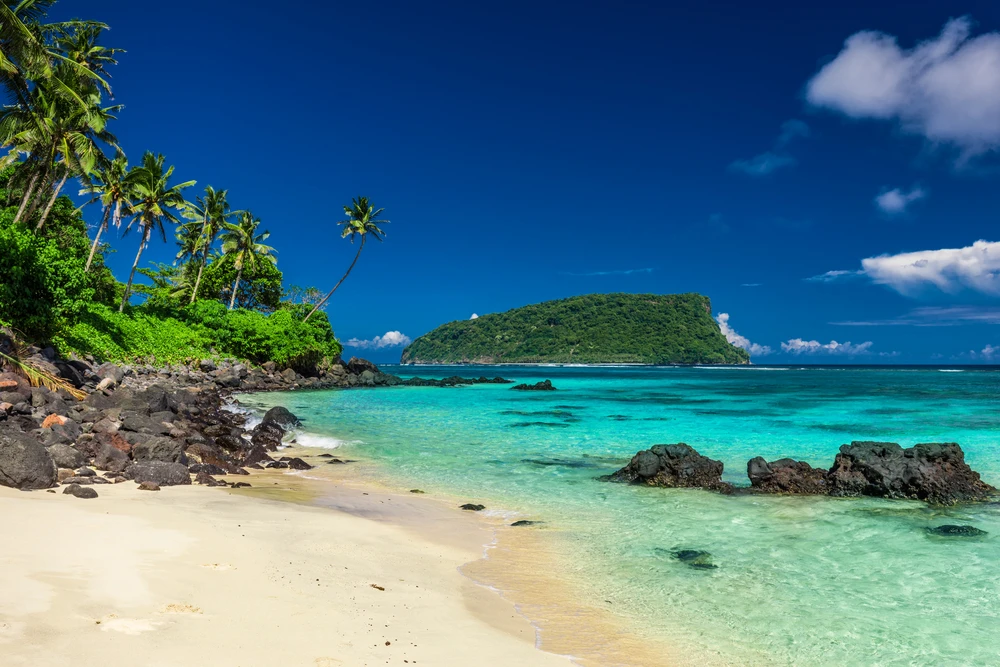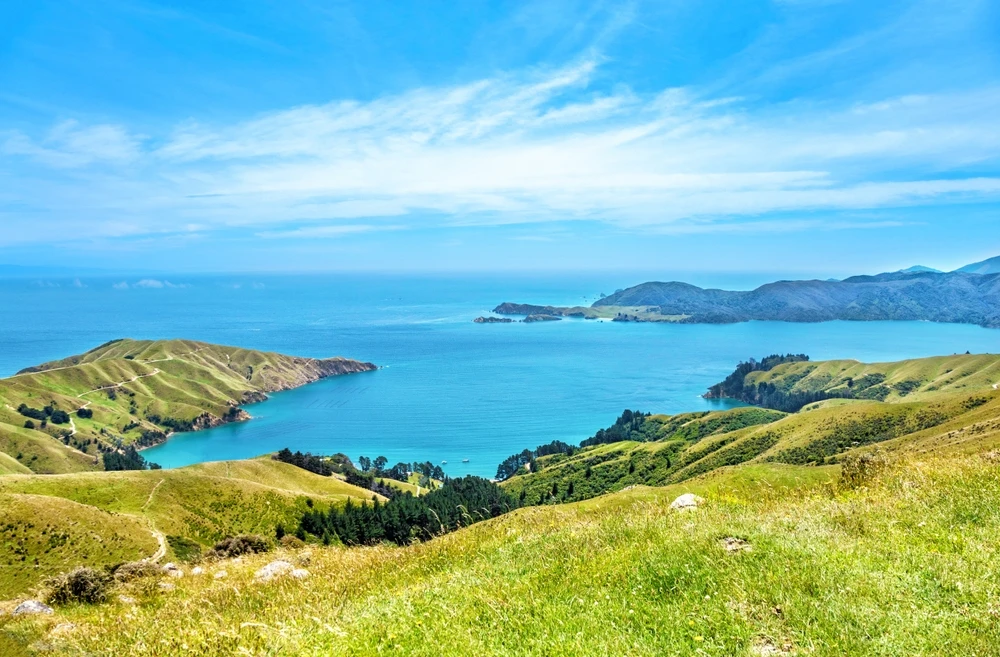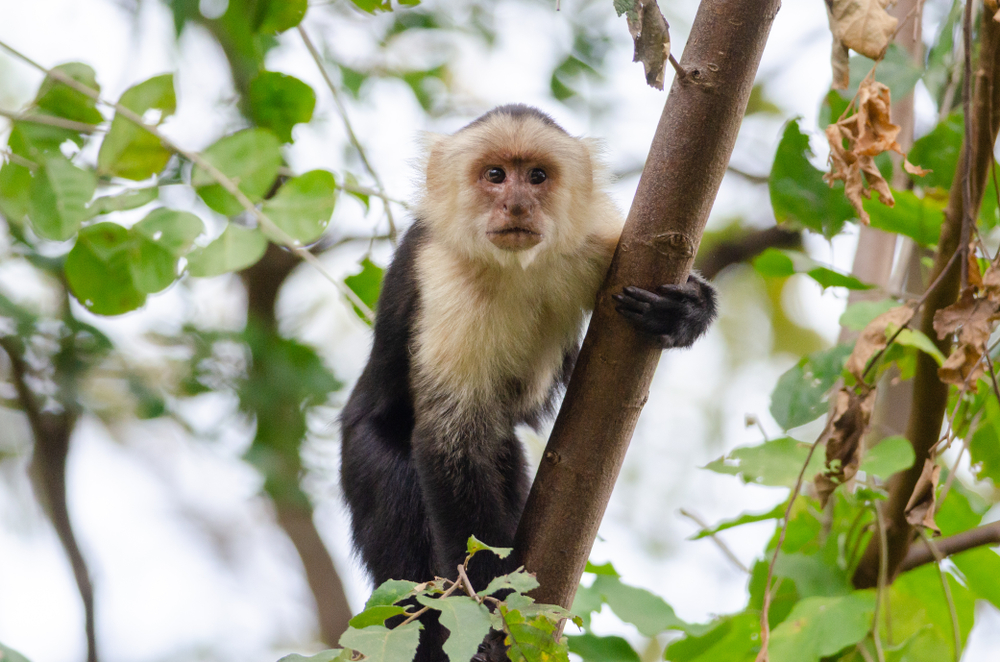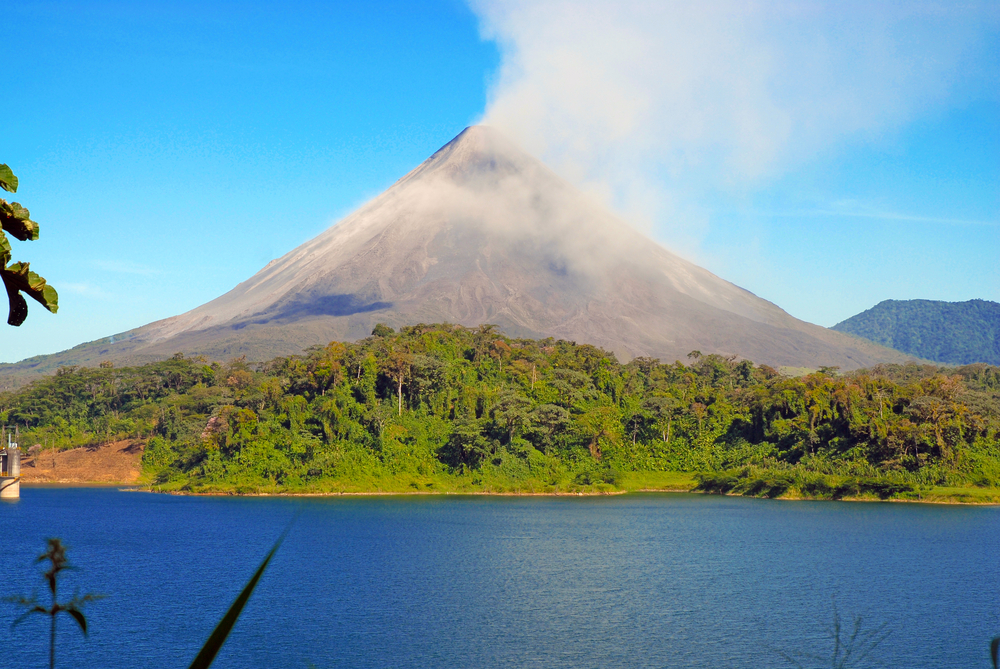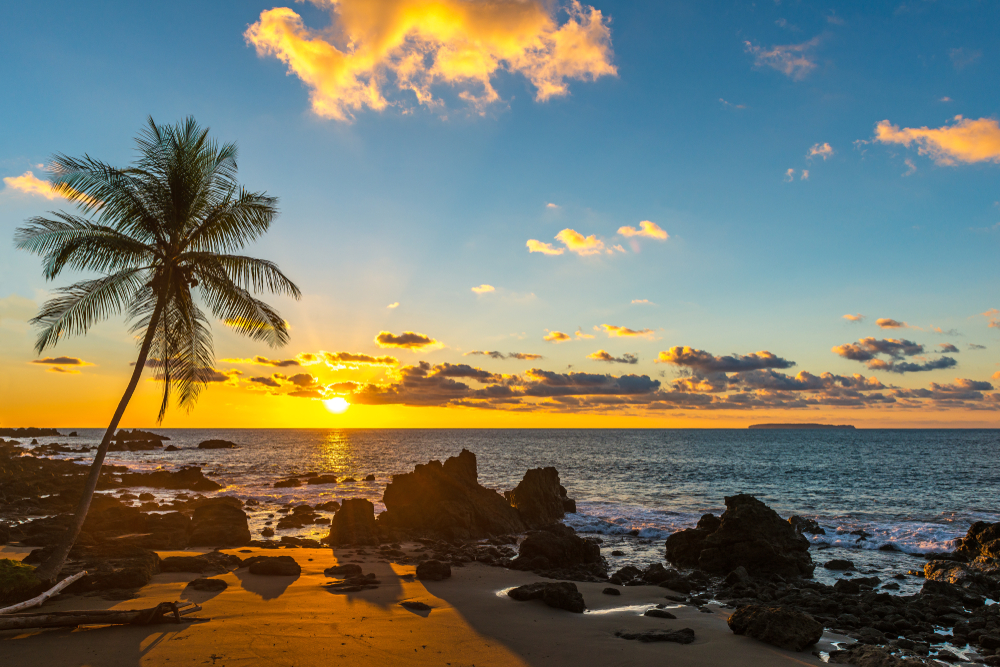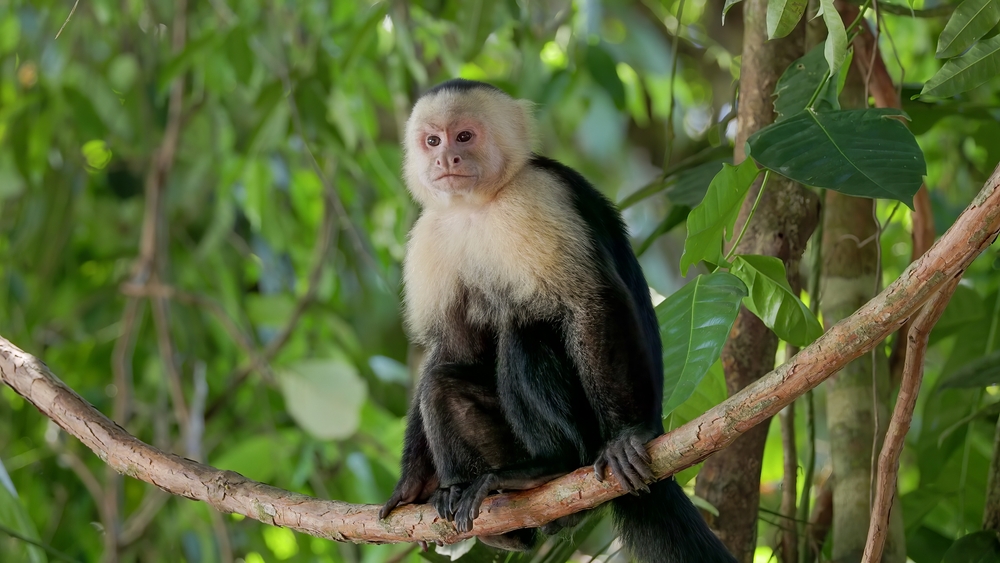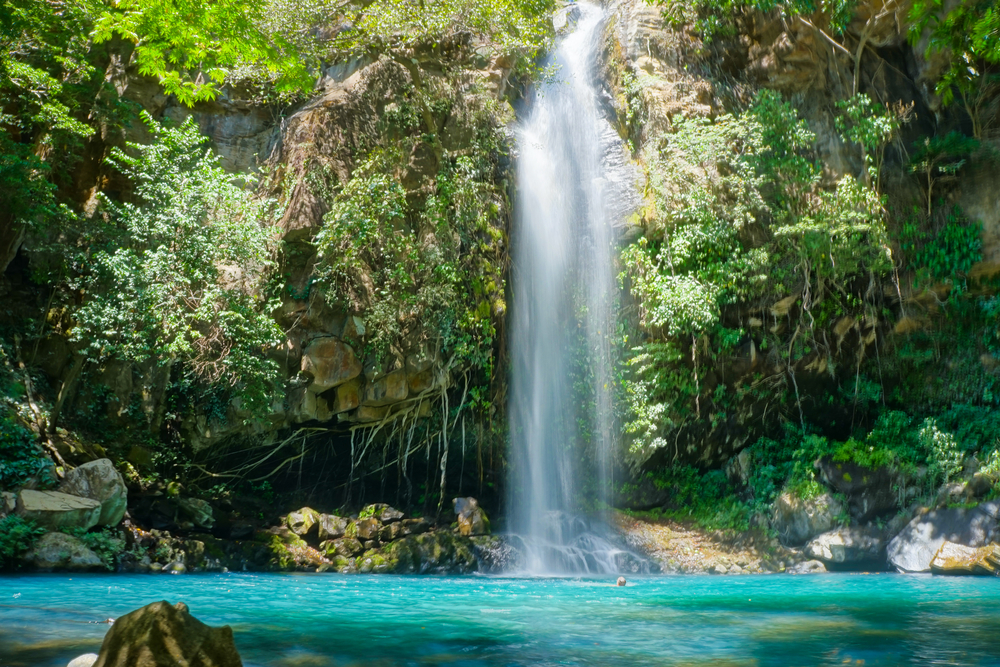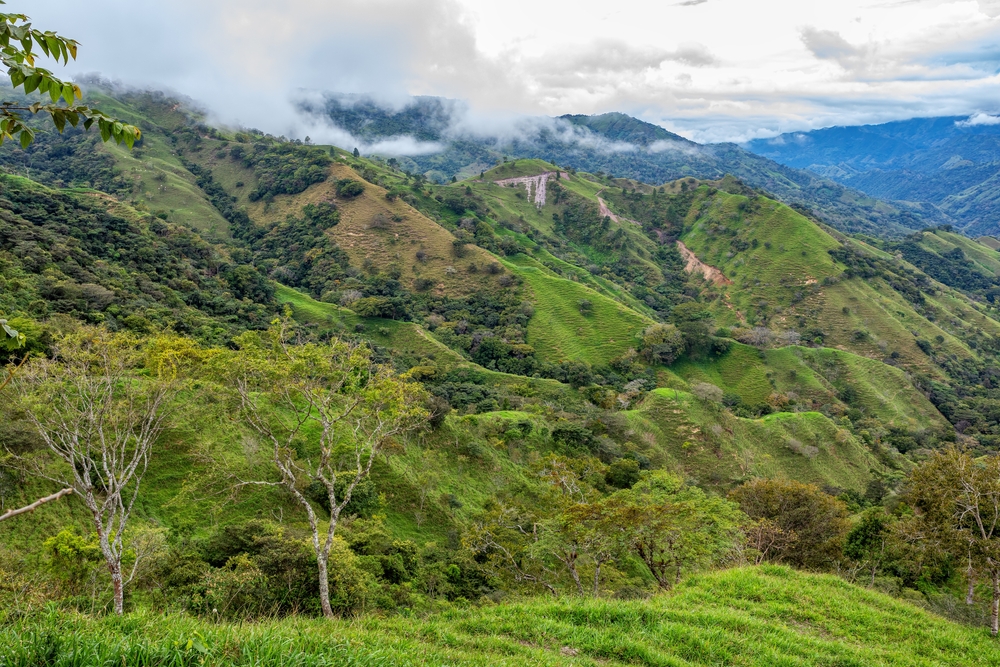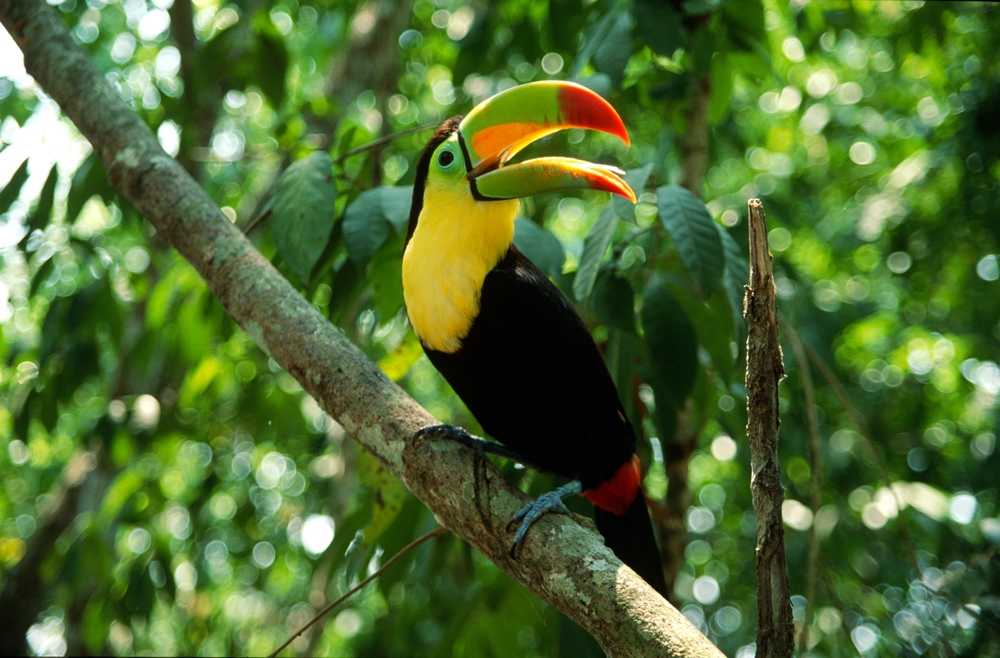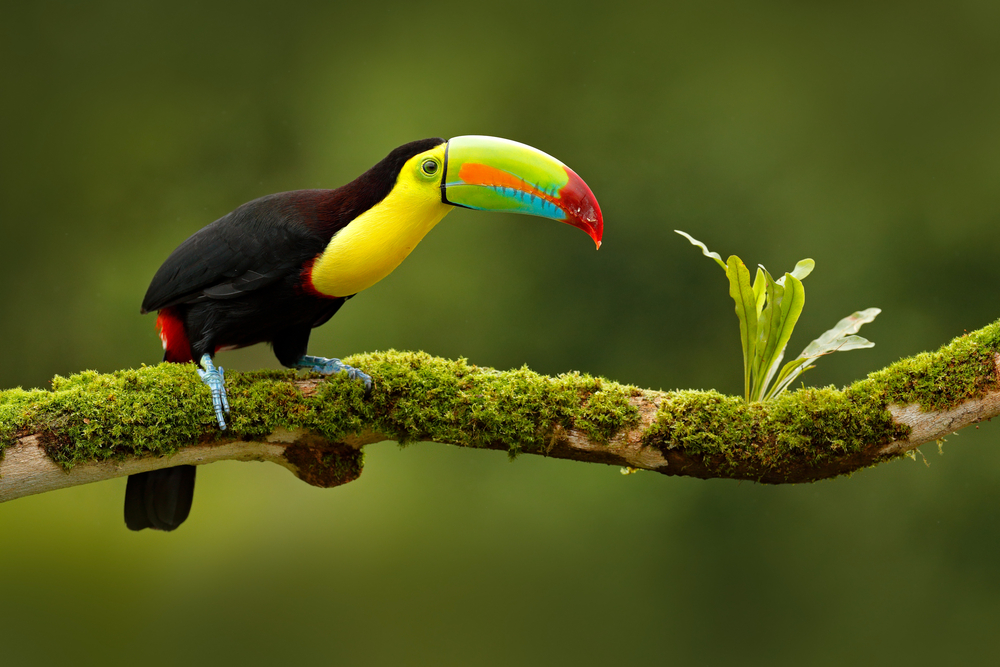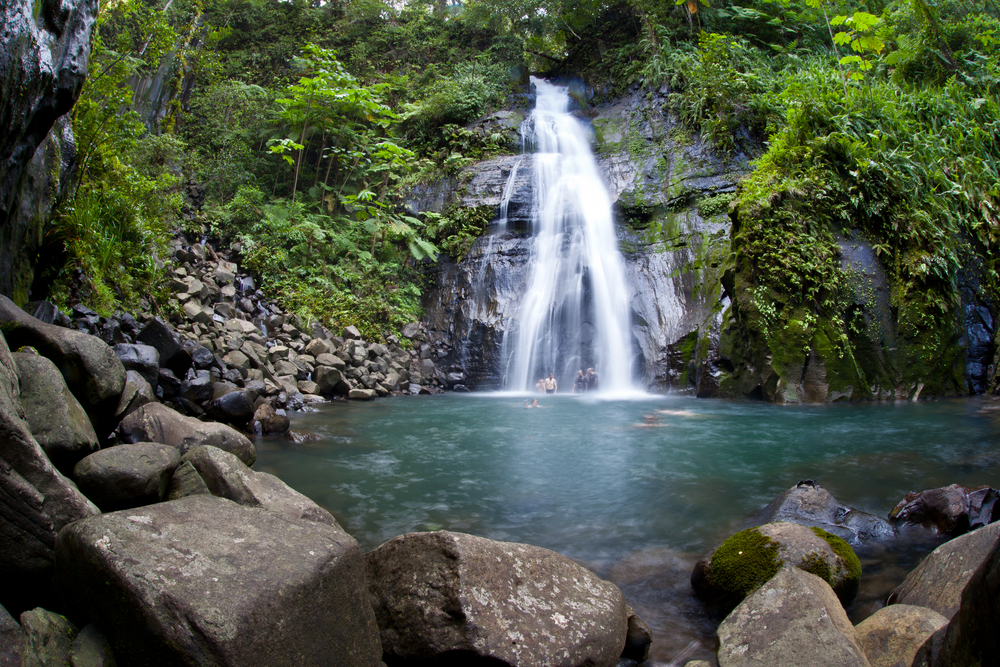Palo Verde Overview
Palo Verde National Park, known in Spanish as Parque Nacional Palo Verde, is a captivating natural reserve located in the Guanacaste Province of Costa Rica.
Covering approximately 31.3 square miles (81.2 square kilometers), this park lies near the Tempisque River, which nourishes a remarkable array of ecosystems. Its location in the northwestern part of Costa Rica provides a blend of tropical warmth and seasonal variation that attracts nature enthusiasts, birdwatchers, and researchers alike.
The park’s terrain is a dynamic tapestry where arid savannas meet flourishing wetlands. Expansive areas of dry forest intersperse with lush riparian corridors that follow the meandering Tempisque River. Native palo verde trees, with their slender trunks and distinctive greenish bark, punctuate the landscape, giving the park its enduring name.
During the rainy season, seasonal streams and modest water features enliven the park’s environment, highlighting a dramatic contrast between the sun-drenched savannas and the rejuvenated wetlands. This interplay of dry and wet habitats nurtures a diverse collection of plant species, ranging from resilient shrubs to delicate aquatic flora thriving along the riverbanks.
Wildlife is one of the park’s greatest attractions. Birdwatchers are drawn by the impressive variety of over 300 bird species that call the park home. Elegant herons, vibrant ibises, and numerous migratory waterfowl animate the skies and waters, offering breathtaking sights throughout the year.
On land, mammals such as white-tailed deer, nimble coatis, and playful monkeys roam the forested areas, while elusive creatures like the ocelot add an element of mystery. The Tempisque River itself is alive with aquatic life, supporting crocodiles and a host of fish species that further contribute to the park’s ecological richness.
A range of activities and attractions enhances the visitor experience at Palo Verde National Park. Well-maintained trails and observation decks are strategically placed to allow guests unobstructed views of the diverse landscapes and wildlife.
Guided boat tours along the Tempisque River offer an intimate perspective on the wetlands, revealing seasonal changes and subtle ecological shifts. In addition, educational programs and interpretive centers provide visitors with a deeper understanding of the park’s delicate ecosystem, making the park accessible and engaging for families, researchers, and outdoor enthusiasts.
Despite its many natural treasures, Palo Verde National Park faces challenges related to water management and habitat preservation amid increasing tourism and climate variability. Recent conservation efforts have led to notable successes, including the restoration of key wetland areas and enhanced protection for endangered species.
Collaborative initiatives with local communities have strengthened sustainable tourism practices, ensuring that both the park’s natural resources and its unique wildlife are safeguarded for future generations. Through these concerted efforts, the park continues to evolve as a sanctuary where nature and human curiosity coexist harmoniously.


